Here at LUX magazine we like to have a car for every reason, and season. In one of northern Europe’s wetter winters of recent years, we dreamed of a car that could take us to Dakar – the now mythical Dakar of the crazy 1980s rallies – while also being enjoyable to drive between London and the Cotswolds, or Geneva and Verbier. Porsche kindly conjured up the 911 Dakar, one of the most extraordinary machines of recent times. Meanwhile, to shake off the cobwebs, we imagined a roofless car where you could drive, with a couple of friends, or all three of your blonde, Etro-clad boyfriends (sharing is caring), at high and enjoyable velocities; and BMW created the M4 Cabriolet and sent it to us. And then, when all’s said and done, we just wanted an excellent, understated, clean car with a beautifully designed interior, for those quick incognito visits to Loro Piana. Mazda’s CX-60 hove silently into view, like Jeeves
 The Porsche 911 Dakar is a wild animal, part sports car, part rally car, and definitely not for the faint of heart. We take it out on a long lead and are smitten. The BMW M4 Competition, in our next story, meanwhile, is an old-school car for a rakish rogue to drive from Milan to Monte Carlo in, Havana in hand, his third mistress in the front seat, and a case of Richebourg in each of the back seats
The Porsche 911 Dakar is a wild animal, part sports car, part rally car, and definitely not for the faint of heart. We take it out on a long lead and are smitten. The BMW M4 Competition, in our next story, meanwhile, is an old-school car for a rakish rogue to drive from Milan to Monte Carlo in, Havana in hand, his third mistress in the front seat, and a case of Richebourg in each of the back seats
Why is Porsche a car manufacturer that LUX has a particular soft spot for, like Rolex? Because they make engineered precision made products that very price from accessible luxury (918/Oyster), to among the most desirable and expensive products in the world. But they also make these products specialised to appeal to a variety of uses, and are the best in their individual class at those.
So while Rolex has a Sea Dweller and Submariner in case you want to explore deep reefs, Porsche has, within in its iconic 911 range, versions specialised for race tracks (GT3), for Monaco posing (Targa), for high-speed touring with a twist (Turbo), and for old-fashioned top down cruising (Cabriolet). There are numerous others.
To this, we can now add the Dakar. Car companies over the decades have not been short of marketing-led branded badges: you can buy variations of mass-produced cars called the Roland Garros (after the French Open tournament), the Vogue (a Range Rover), and the Picasso.
But none of those will make you any better at tennis, fashion or art; they are pure marketing. The Dakar is not one of those. It is named after the extraordinarily punishing and challenging Paris Dakar rally of the 1980s, which Porsche actually won, twice.
On the 40th anniversary of their first win, Porsche have created a 911 Dakar, but they didn’t do it simply by sticking a badge and some sand coloured leather inside.

Instead, they completely reengineered the car, effectively armour plating Its bottom half, raising it off the ground with an option to raise itself even further, even at high speeds (you have to go over big obstacles at high speeds on a rally), and re-engineered the driving programs to include modes called “off-road” and “rallye”, and tested them thoroughly in a real desert.
The Dakar comes as standard with massive balloon-like Scorpion off-road tyres more commonly found on vehicles taking you on safari, inside there are racing bucket seats (perhaps slightly less than useful for daily use) and a roll cage in the back in case you flip the car over while going up a crack in the Sahara desert at 90 mph.
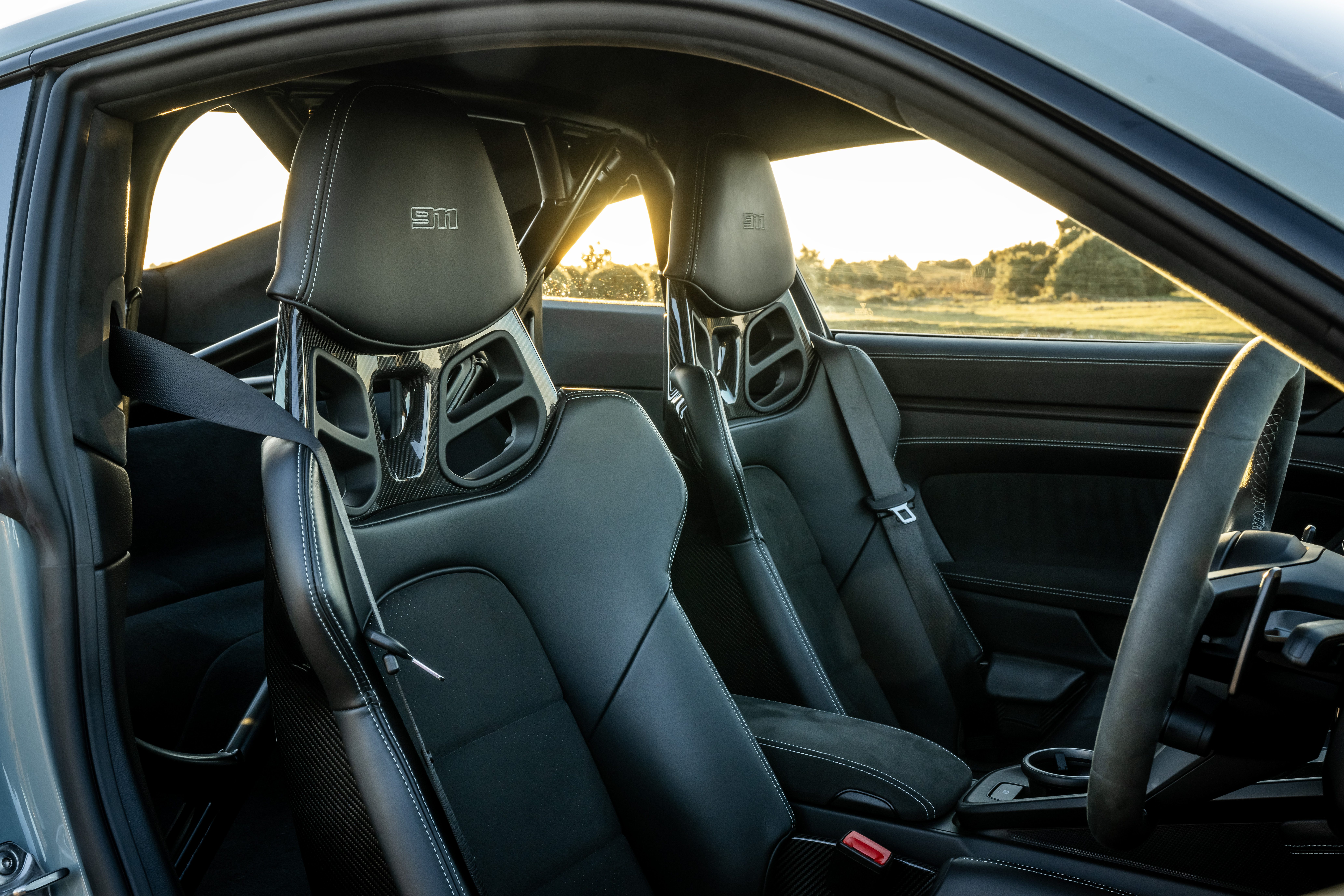
The car’s engine is that of 911 GTS, one of the fast versions of an already rapid model.
But what’s it like to drive? If you, like us, thought that this high-performance dune buggy would feel a bit odd in normal city and country life, you would be as surprised as we are. It is, frankly, a hoot from the moment you turn the switch to start the engine, louder than normal 911s because the rear seat has been replaced by a metal roll cage. Put it into Sport, the standard mode for driving on road, tap the accelerator and go round a roundabout and the thing is an absolute blast. Where all other 911s, even the fastest ones, are so over engineered for the road they deal with more or less everything up to the legal spirit speed limit with a shrug of efficiency, this car lets you know that it’s made for the wild side of life.
The suspension is different to a standard 911, and you have those tyres, meaning you feel when you’re going round corners. Over high speed bumps it floats a little bit and squishes a little bit in a manner unthinkable within Teutonic brilliance of perfection of other 911s.
That’s not to say it’s better, necessarily, that depends a little bit on what you’re expecting from your car. It’s certainly laugh out loud fun in the way other 911s are not, but it’s also loud, and a little bit disruptive. It’s not a car that you can just fold yourself into at the end of a long day and ask to drive you home: it feels much more old school than that, and indeed if you are used to the old-fashioned air cooled 911s which were much more of a handful in some cases, this is true to DNA.
But it has something that none of them do, which is the ability to turn off a road, drive down a track or a muddy field and surge forward exactly where you aim it, taking obstacles in its wake. We drove through a muddy, grassy field in the Dakar and not only was it brilliant – it was enormous fun.

It’s also extremely fast – as fast point to point as the 911 GTS it is based on, perhaps more so in wet conditions when those tyres come into their own, but less so on an extremely twisty road where the increased body roll and general to-do make it more of a handful, but less brutally efficient.
We absolutely loved it, because we feel that many of the brilliant models in the standard 911 range are almost a bit too competent for their own good, like someone buttoned up that you know can be a party animal, but instead just chooses to do everything extremely precisely.
The 911 Dakar can do everything too, but does it with a big grin on its face. If they were ever making a remake of the classic road trip movie from the 80s the Cannonball Run, the Dakar would play the leading role.
BMW M4 Review
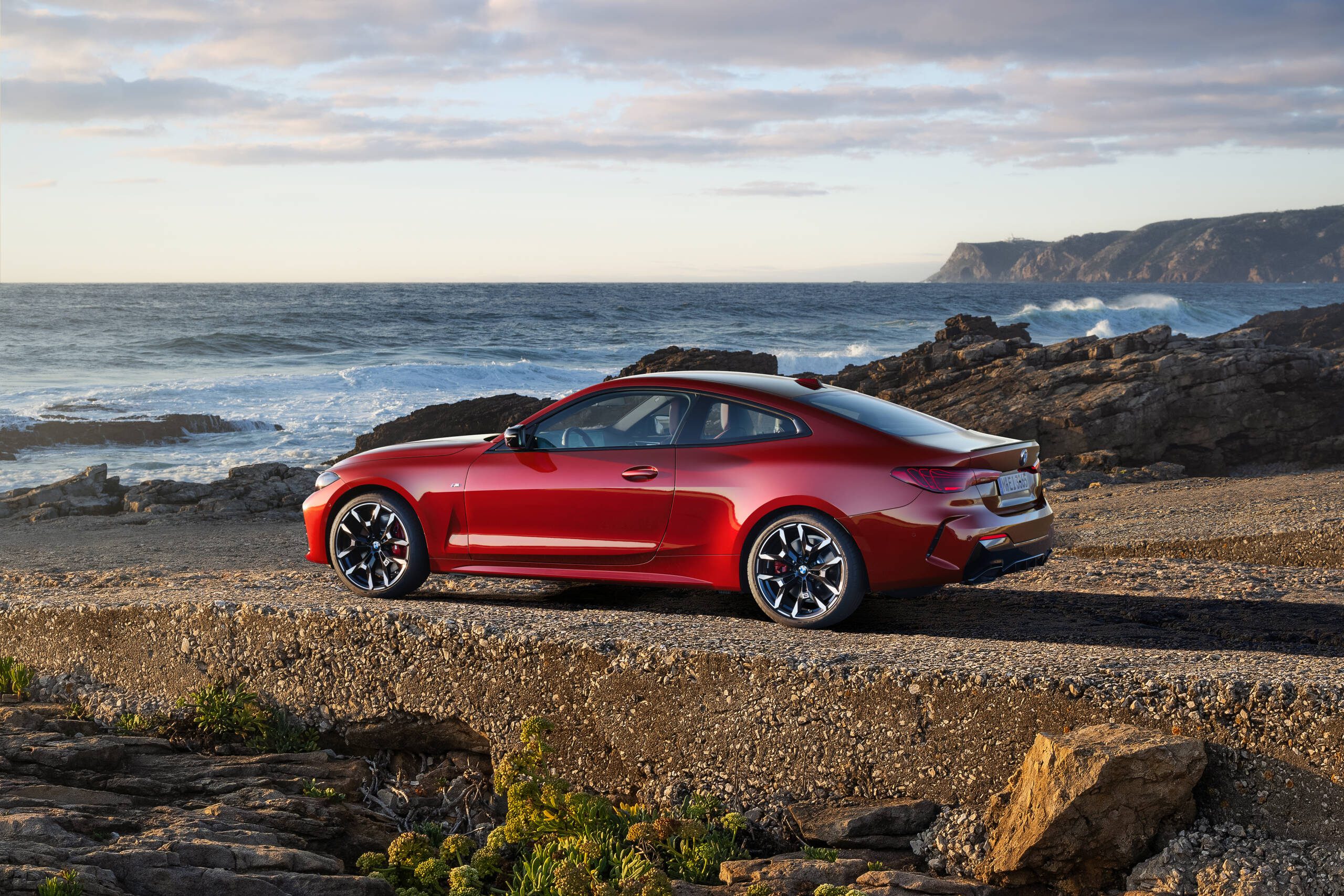
BMW is a brand that means different things to its different aficionados around the world. In China or the Gulf, it is a maker of big, shiny, powerful 4x4s.
To motor racing lovers of an older generation in Europe, it is the creator of the “M for Motorsport” cars, which are finely-honed and focused road racers.
For others, its heritage shines most brightly as a maker of coupés, two-door, four-seater cars that combine style and a rakish sportiness with the practicality of having back seats and a boot/trunk that is usable, and the knowhow of a manufacturer of luxury cars.
This particular heritage line probably started with the Bauhaus-style sleek coupés of the 1960s and 70s. It was amplified by its cultish 635 CSi model in the 1980s, the pinnacle of the Six series, which was the car of choice for someone not wanting to show off. Ferrari-style but wanting to look more stylish than the driver of yet another fast sedan car.
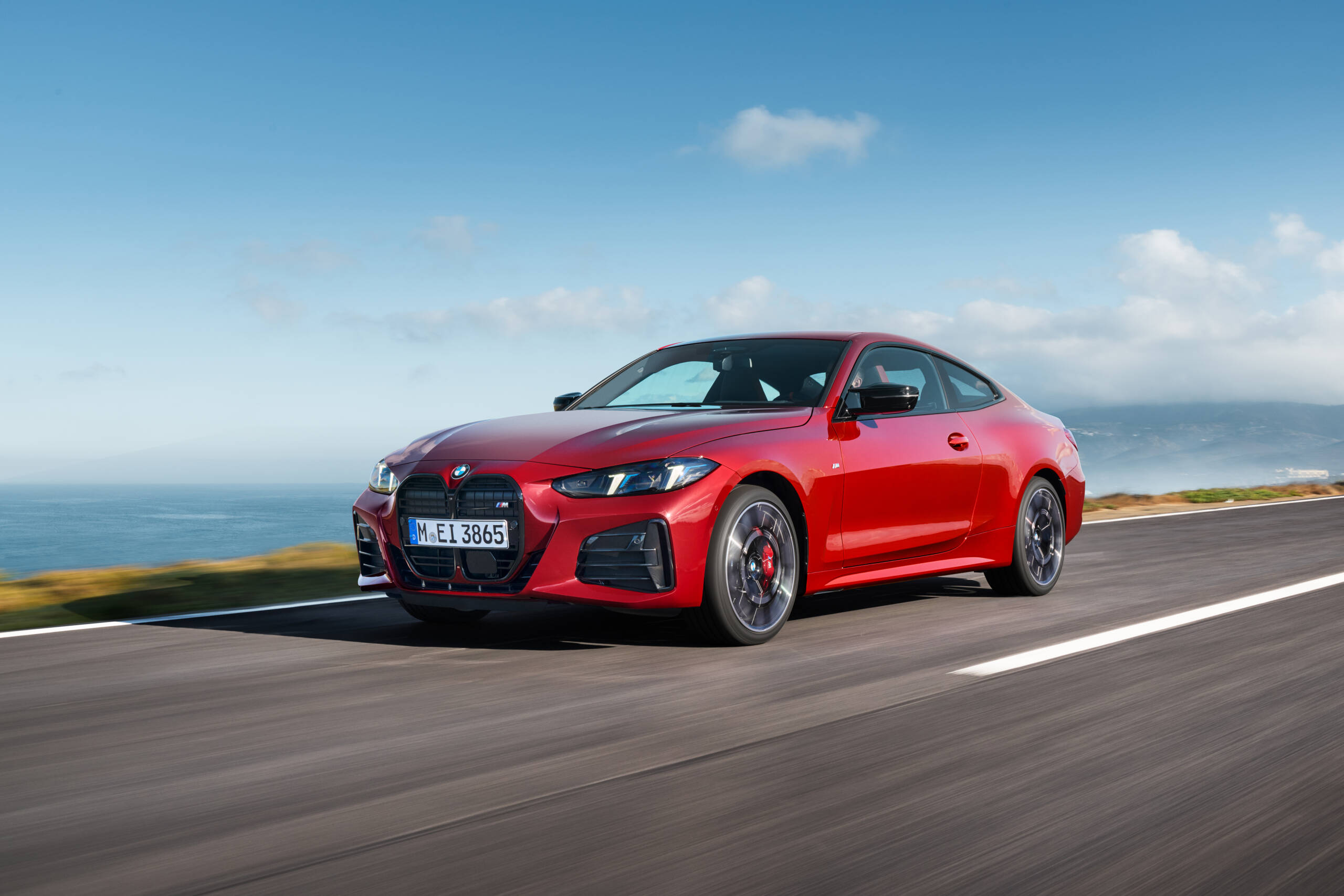
As with all cars, these heritage lines have become somewhat blurred by the proliferation of model lines and propulsion types over the years, and the profusion of huge SUVs. BMW no longer produces a Six series: customers are directed to the Eight series, which has a big, long coupe in its lineup, but more on the luxury than the sporting end of the spectrum and does not look as cool.
Climbing into the new M4 (we had the convertible version, but the review would be the same for the coupe, just with less La Roche Posay Factor 30) , it instantly struck us that this car is the progeny of two of those three illustrious heritage lines. It’s a long, rakish and stylish two door car with a four-seater interior, big enough for four adults but cool enough to look like a two-seater sports car unless you peer carefully inside. Its interior is particularly fun, at a time when many car interiors are starting to resemble the same virtual reality control pod. You get bucket seats with carbon fibre cut outs, plenty of carbon fibre elsewhere, and the feeling that you are piloting a sports machine, not a games console.
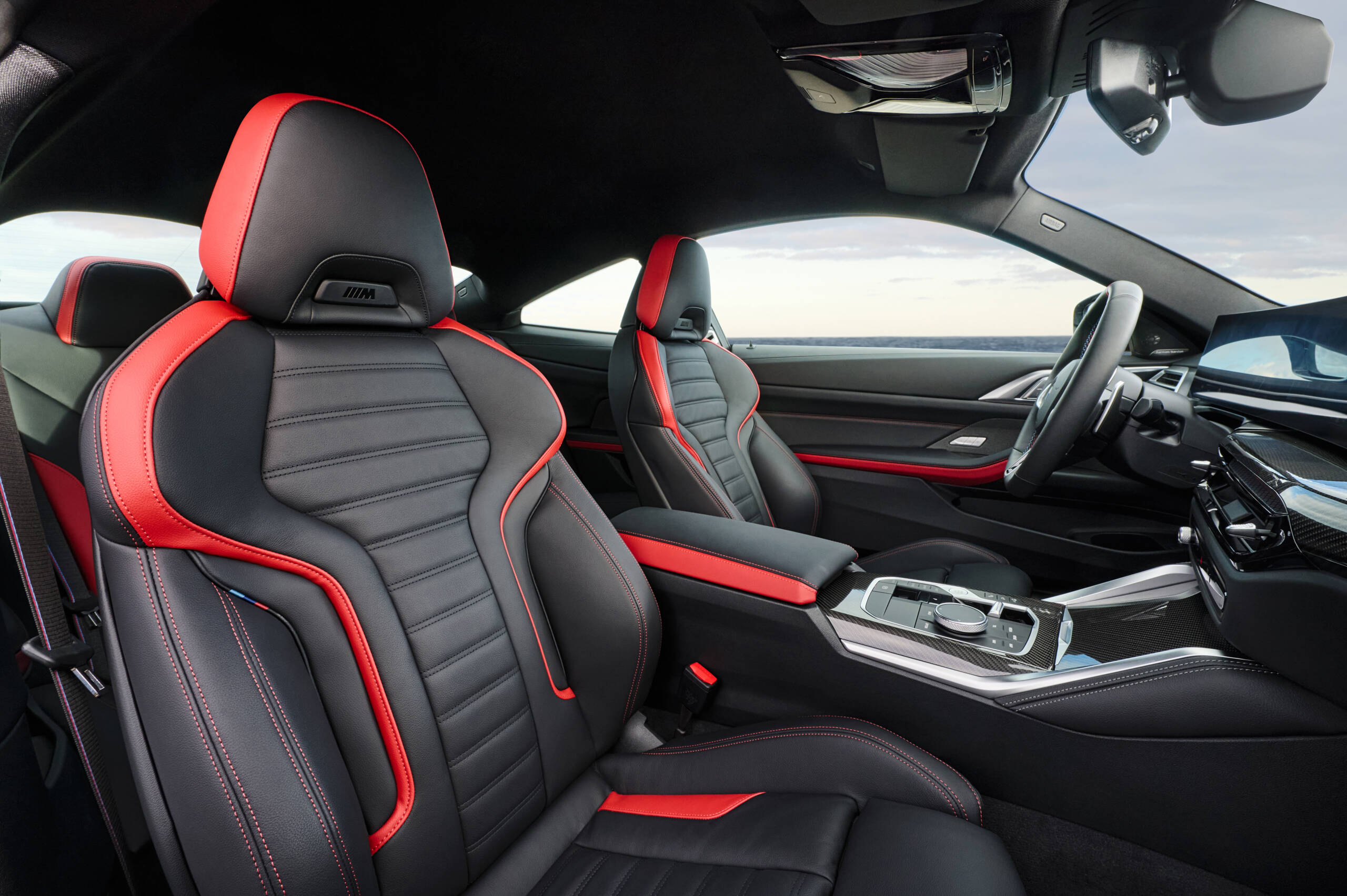
It’s also an “M Car” – M originally standing for the Motorsport division of the company where cars were individually conceived and built quite separately from the normal model lineup. That distinction has been diluted by the application of M badges to models in the rest of the range, but for enthusiasts, the M badge followed by a single number, like M4, still the denotes a BMW of supposedly pure racing heritage.
So much for the looks and the theory: what about the practice? This, after all, is a world where the average electric car will burn off most huffing and puffing petrol engine vehicles in a straight line race, and when many cars will cling to the road around bends, meaning there is no real world distinction between a sporting high-performance car and a standard electric car which just happens to go very fast.
Actually there is. You realise this as soon as you turn on the growly engine of the M4 and aim around your corner. This is a car that has proper steering feel and weight, enjoying itself as it zips into and out of corners, encourages you to drive faster and take the twisty route to wherever you are going rather than simply shuffle you along in an efficient haze of forgettable speed. The fact that it’s a convertible is, for us also a big bonus as when you put the roof down you have so much more sensation.
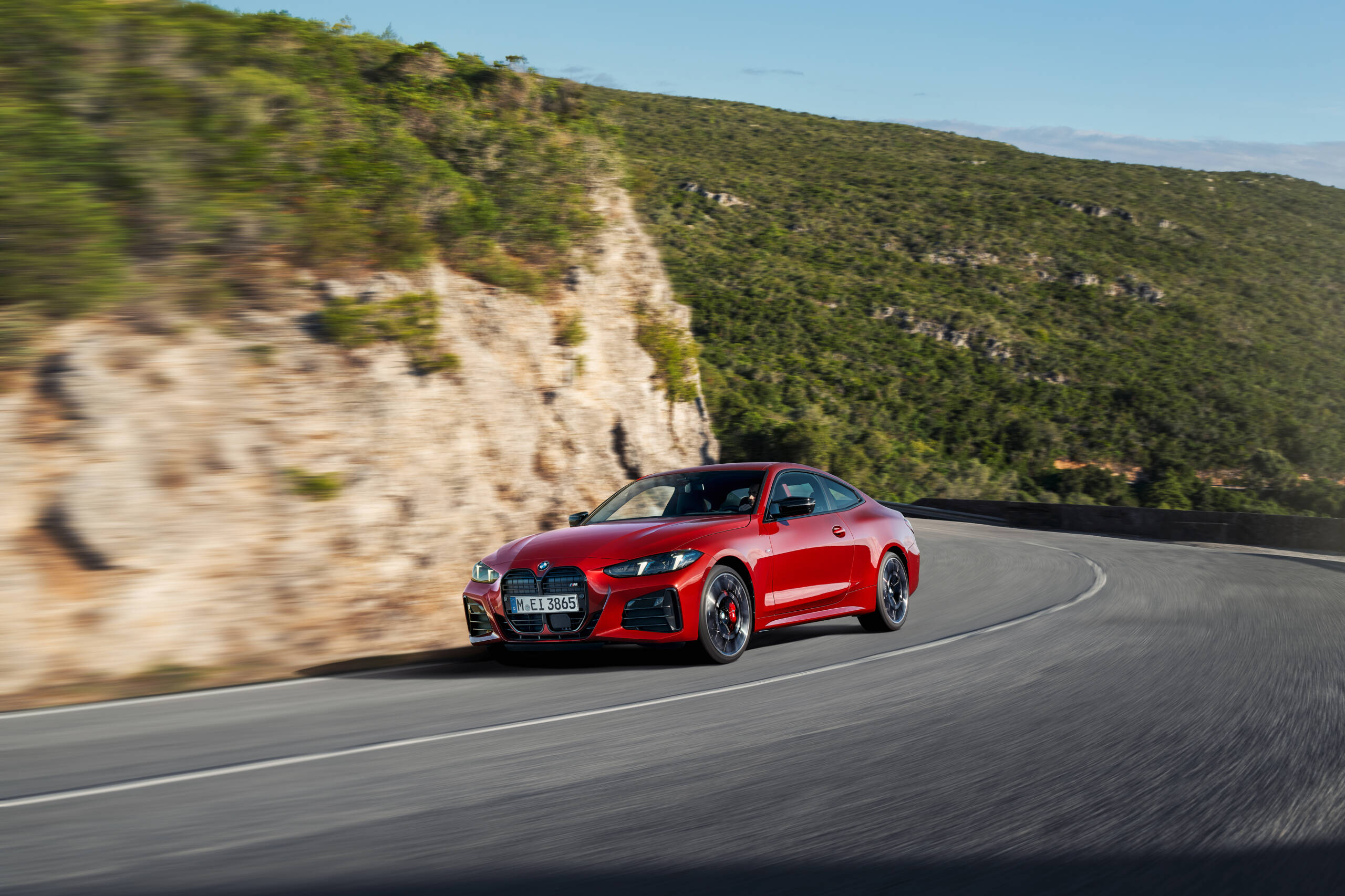
Passengers also feel they are in something sporting and special, rather than yet another generic, nicely built, swift piece of transportation. You would never use the M4 as an Uber, even though it’s plenty comfortable for four.
The original M cars had a reputation for being as fast as fun as pure sports cars like a Porsche 911. The BMW coupe from the 1970s and 80s were paragons of style. The M4 Competition cabriolet seeks to combine those qualities in an automotive climate that is completely different, dominated by safety and sustainability requirements which largely strip the soul and individuality and fun away from most machines. Remarkably, it succeeds: the only drawback is, it’s so good, and so well priced compared to other cars of its abilities which are in the category above, that it is bound to be a reasonably common sight on our roads. You can’t have everything. But you can have nearly everything.
Mazda CX-60 Review
Stealth wealth is a buzz phrase in increasing use at a time of continued political and economic uncertainty in the world.
What does that look like when applied to motoring? Perhaps swapping a highly ostentatious SUV for something that can do the same job while attracting far less attention, but with an interior appointed well enough to make you feel relaxed and content.
What does this have to do with the Mazda? Well, it’s a car that from the outside looks good enough, if a little plain: nicely proportioned, but with nothing that would make heads turn or anyone ask you what you are driving. For some people that is a bonus, and for many others it may simply be that it is less important then the inside of the car – where you spend all your time, compared to the seconds that you spent looking at the outside of your car.
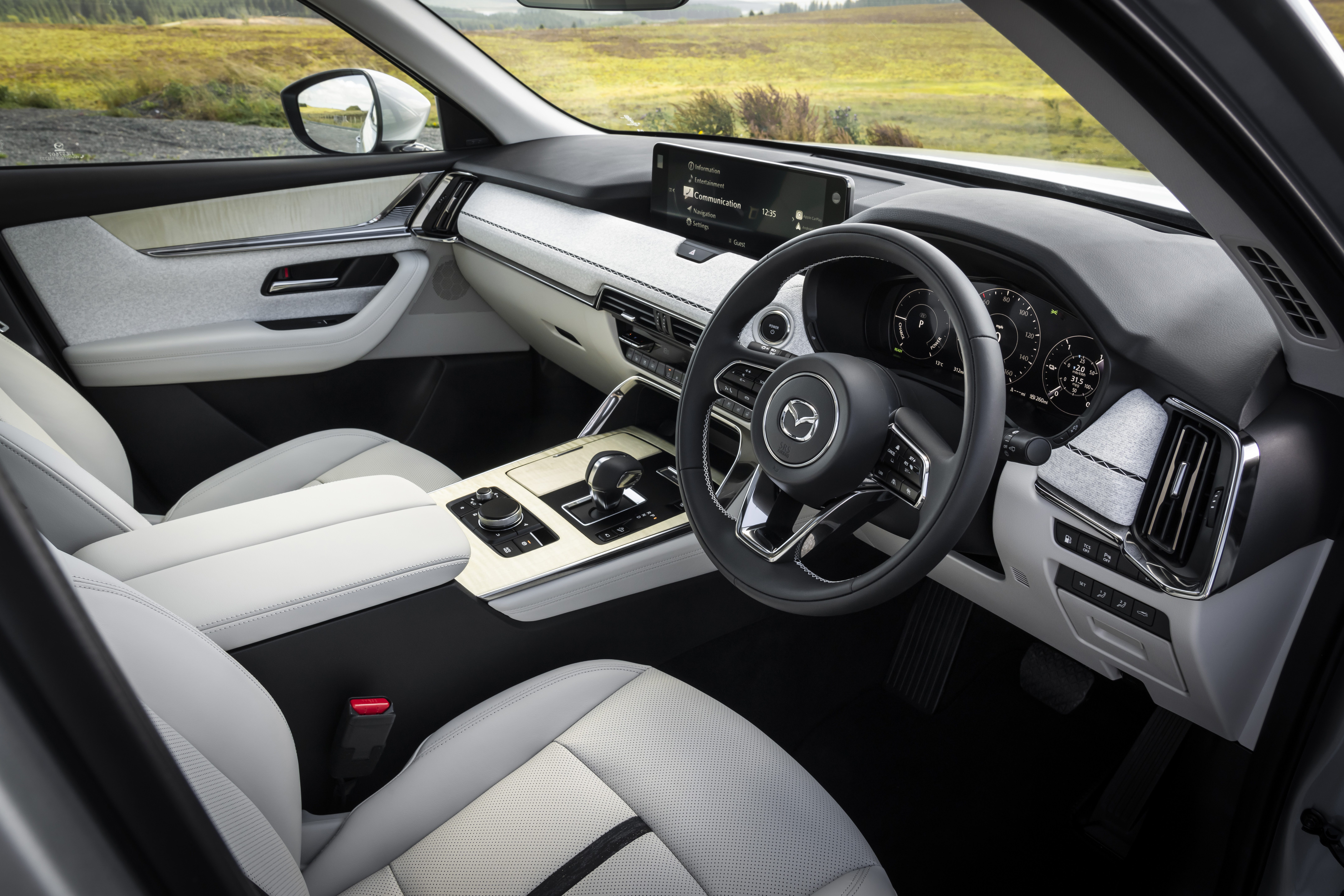
The interior of the Mazda is lovely. And the light materials reminded us somehow of a beach club in the south of France, possibly not a look the designers were aiming for but very positive and stylish nonetheless. In a traffic jam or a slow highway, it’s a delightful place to be – more attractive than the interiors of many more expensive rivals which have followed each other down the rabbit hole of dark Bauhaus type black hole design for many years.
For many, the word Mazda is a byword for agility, as this is the company that created the brilliant two seater MX5 sports car which has kept singles and couples entertained with its joyously gazelle like handling for decades. You obviously don’t get the same kind of agility in a this, a mid-size five seater SUV, but this car still has a lightness of touch which is enjoyable; it never feels heavy, always precise.

Altogether, a most pleasing car to spend time in for driver and passengers. And one which, if it entered your daily life, would make you feel less conspicuous and quite possibly more at peace.



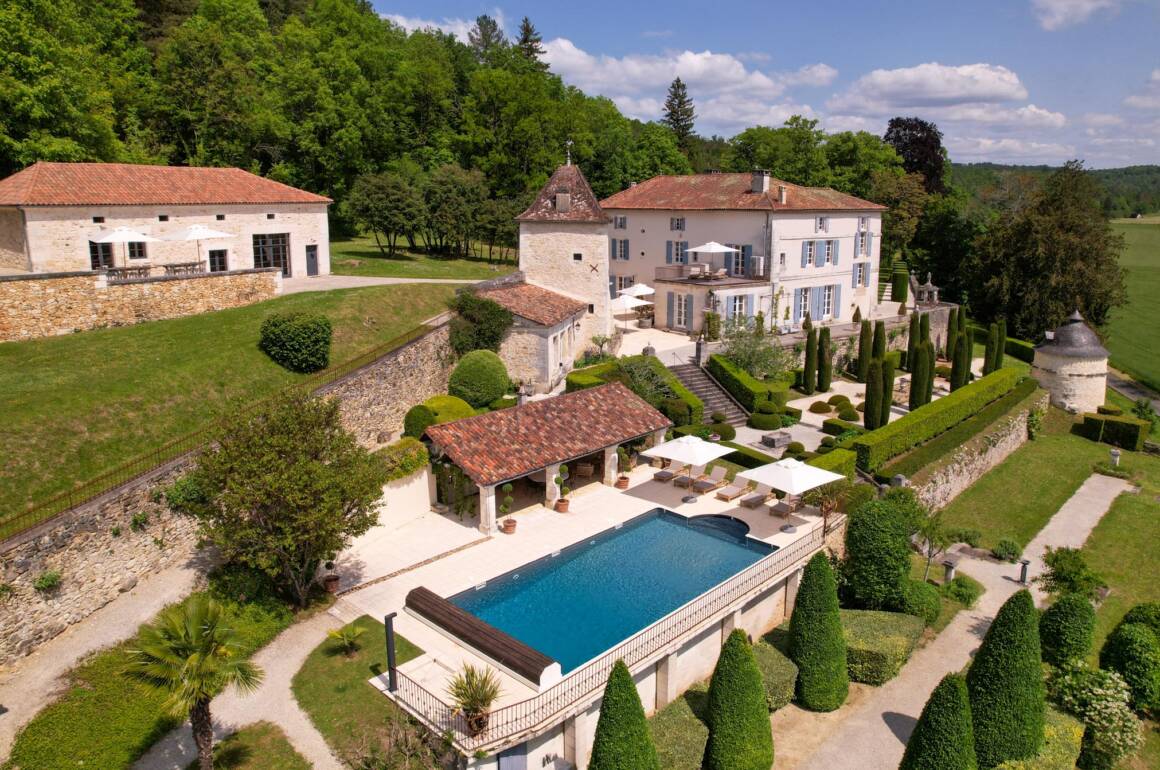
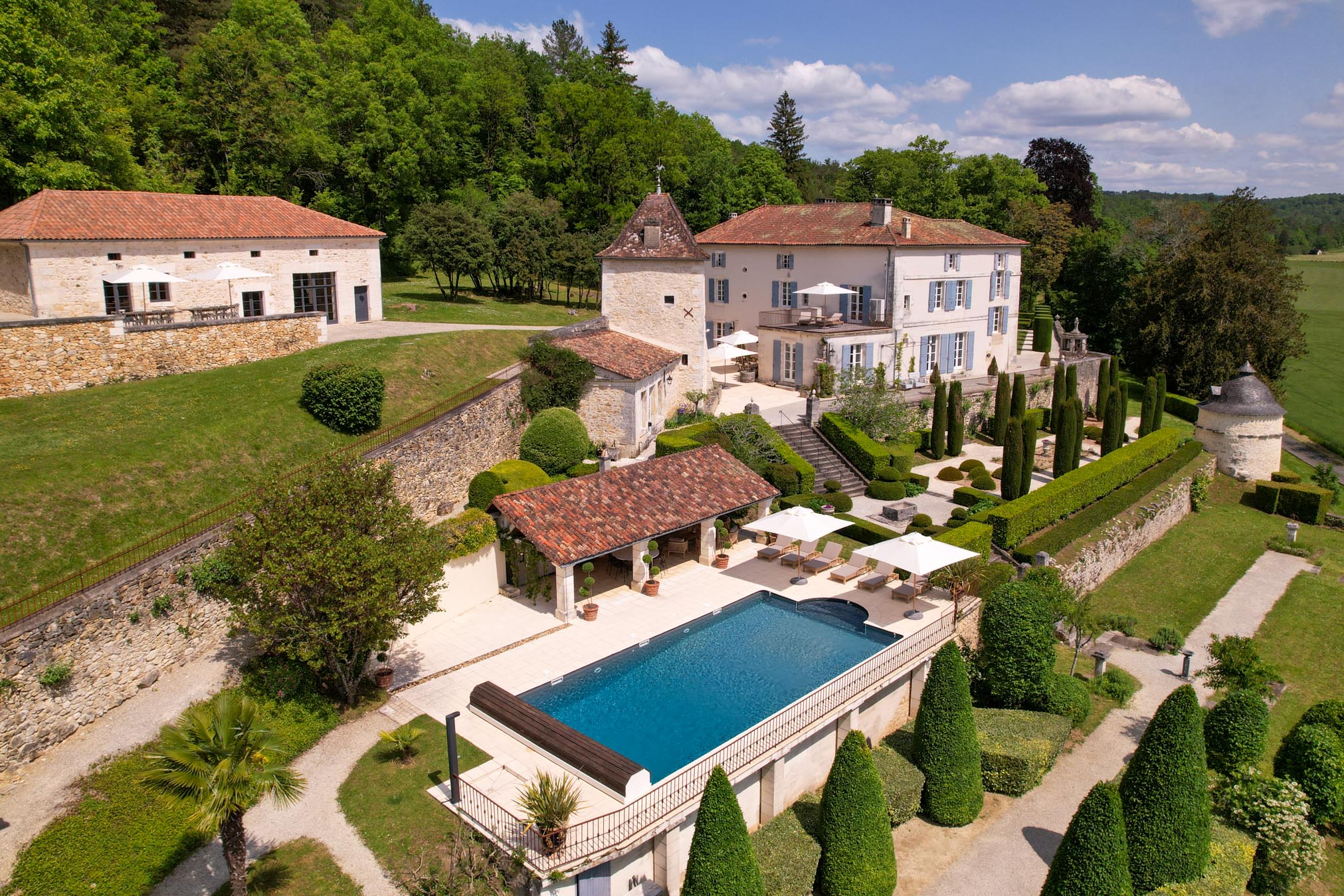

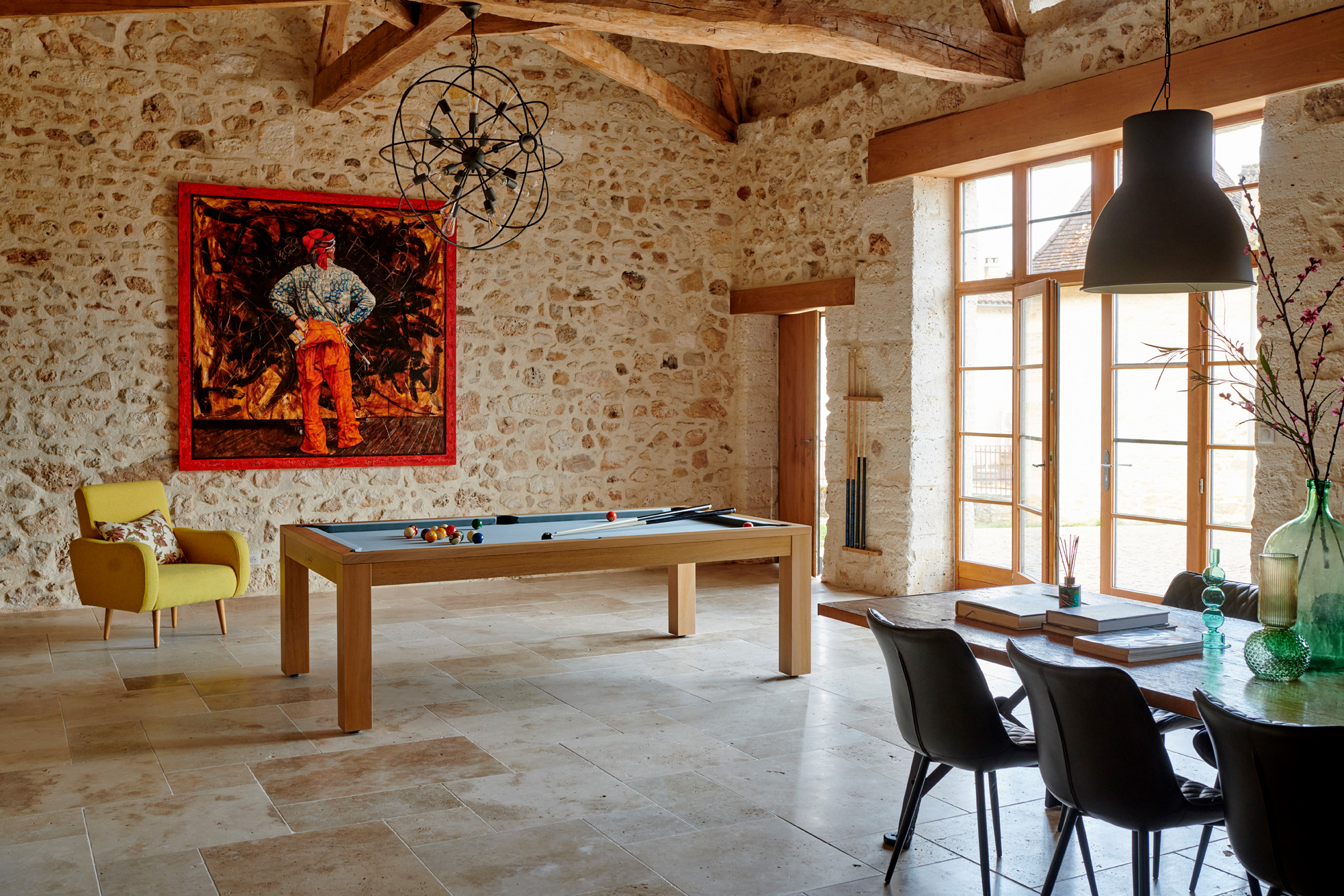


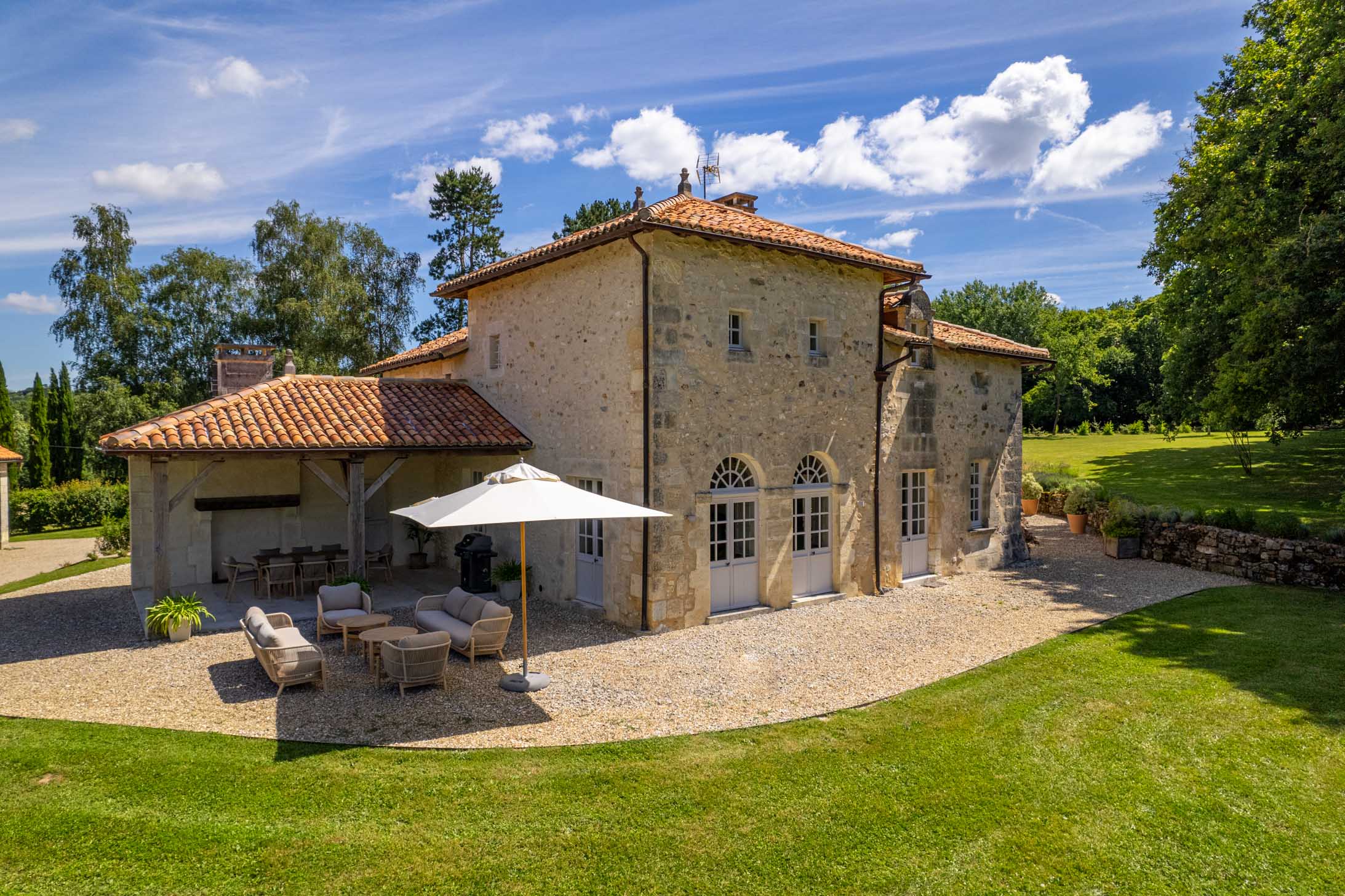
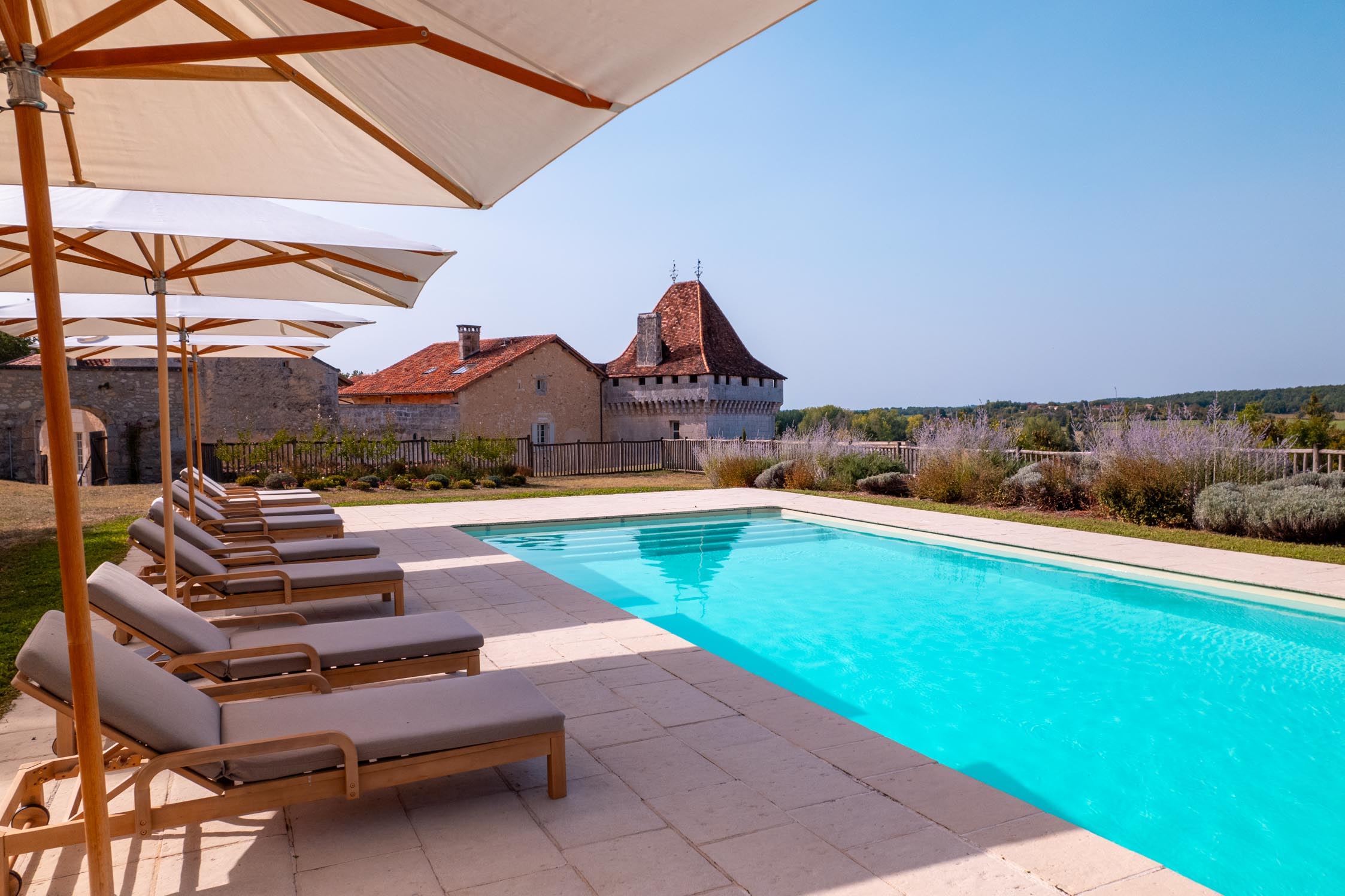


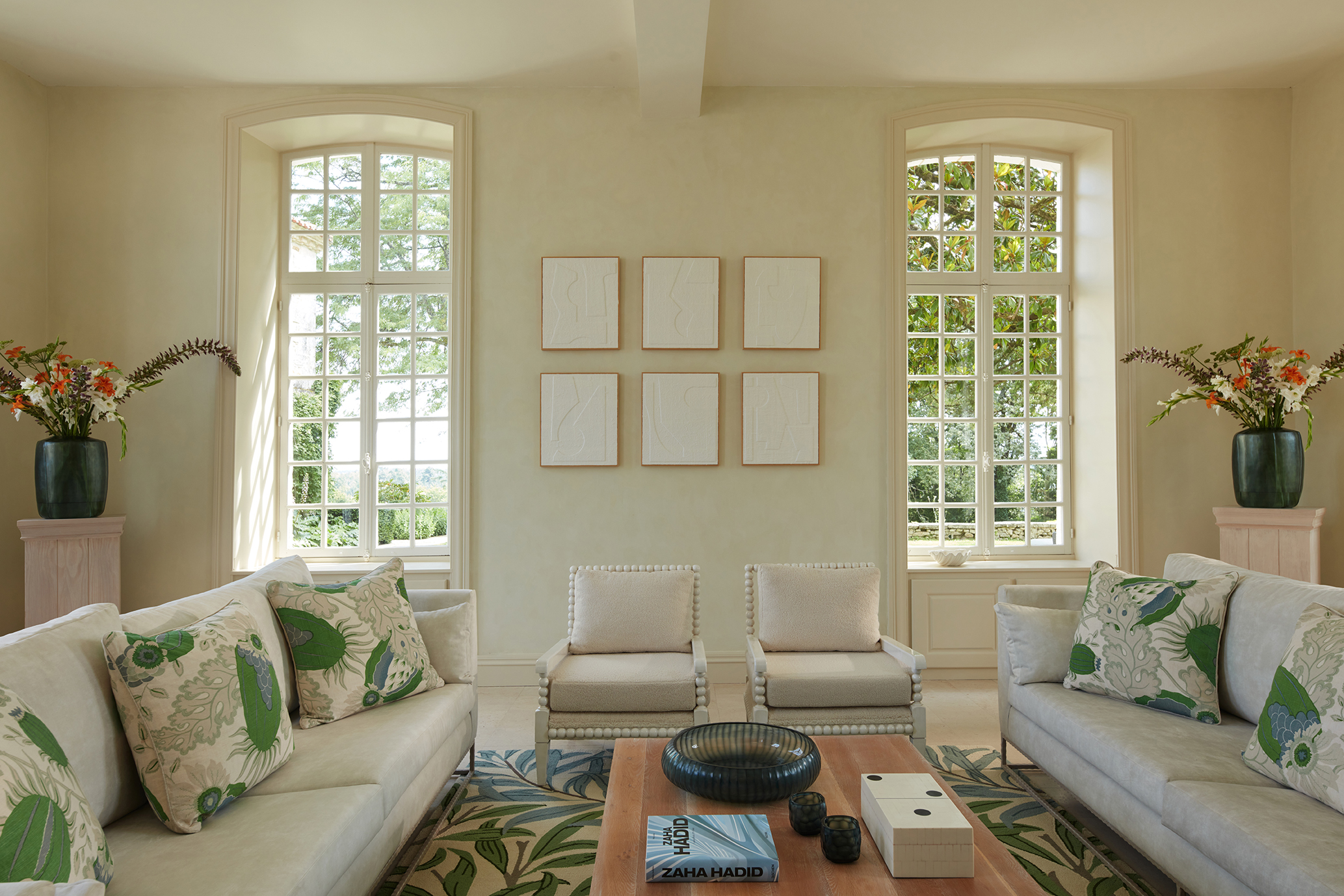

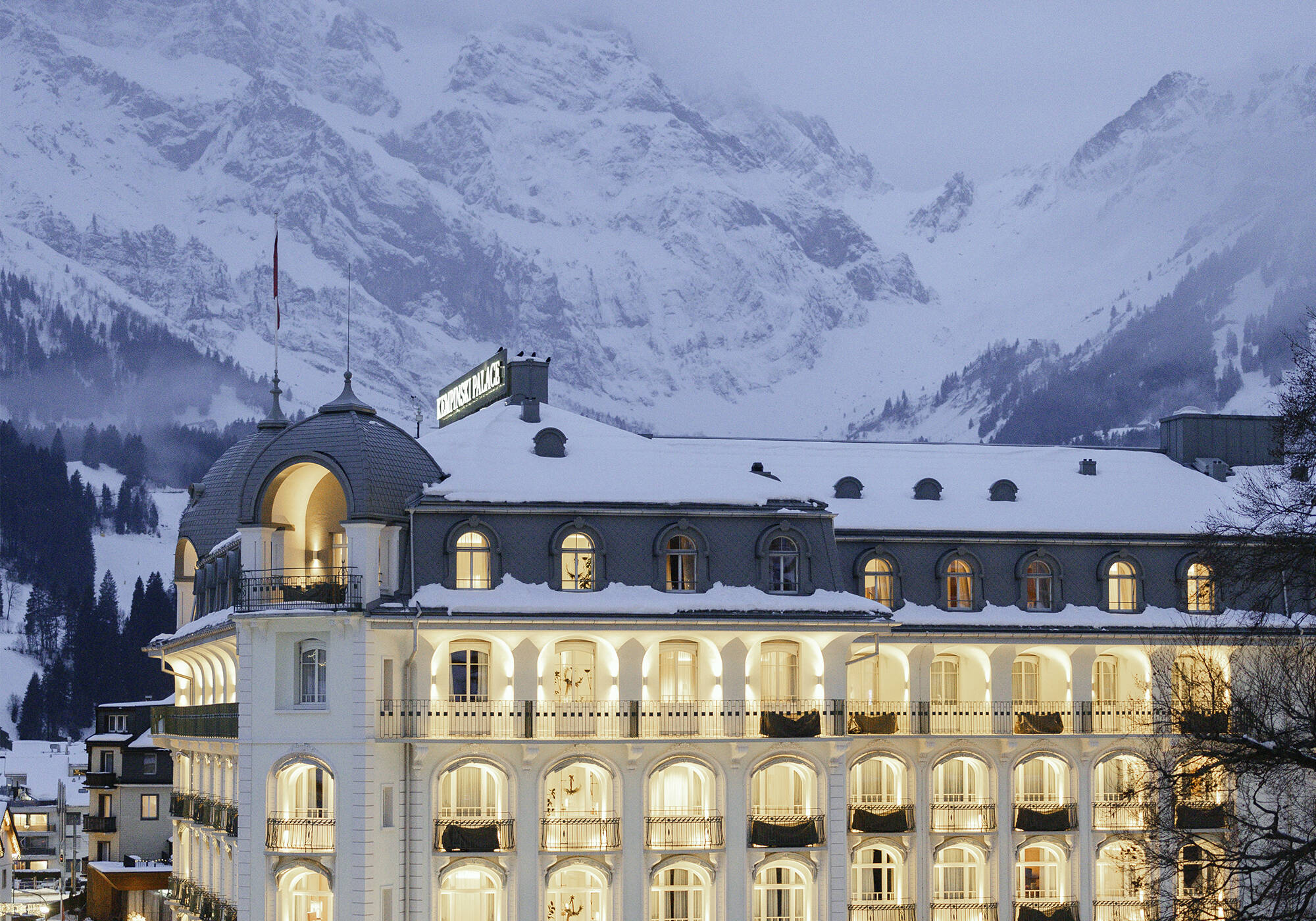
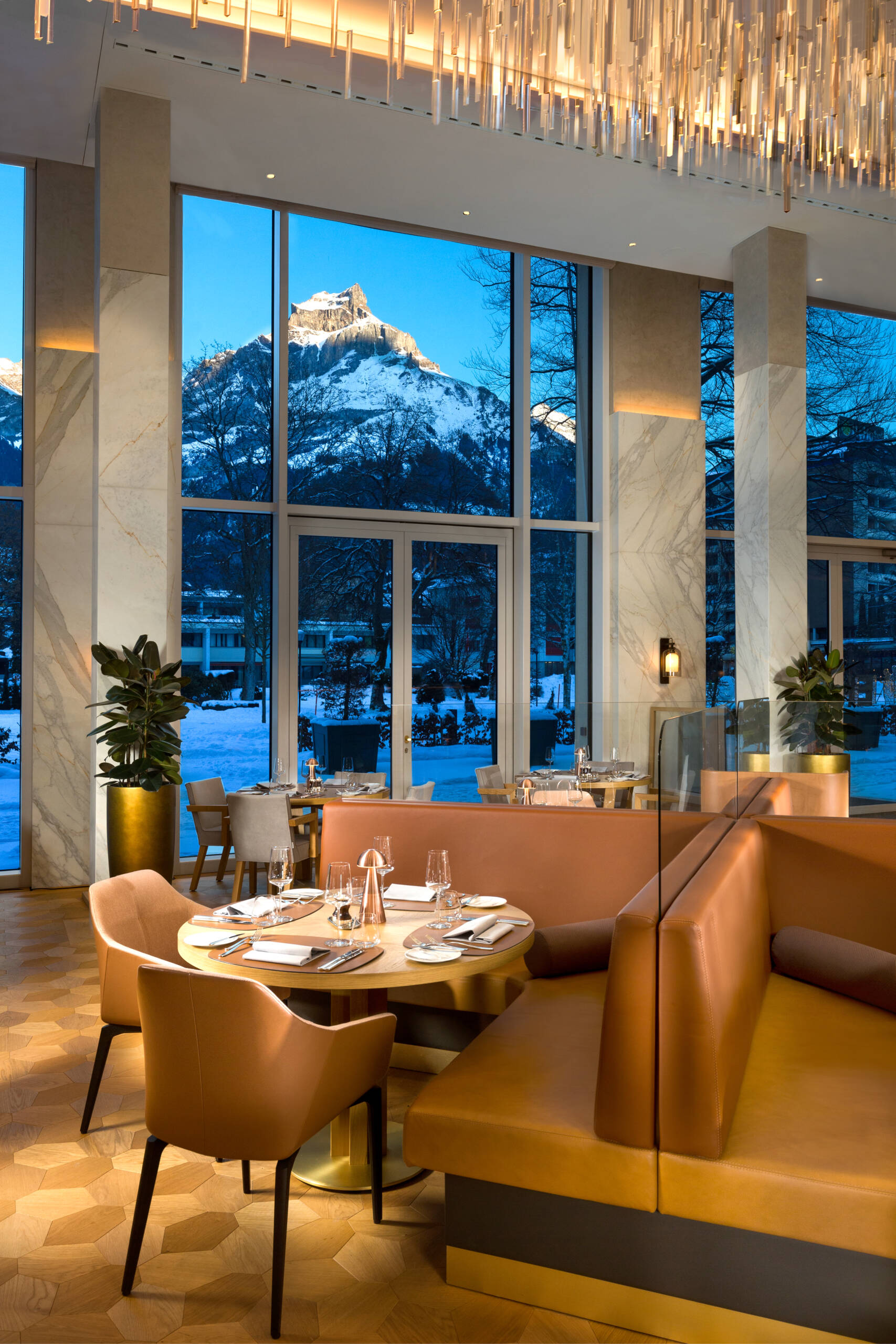
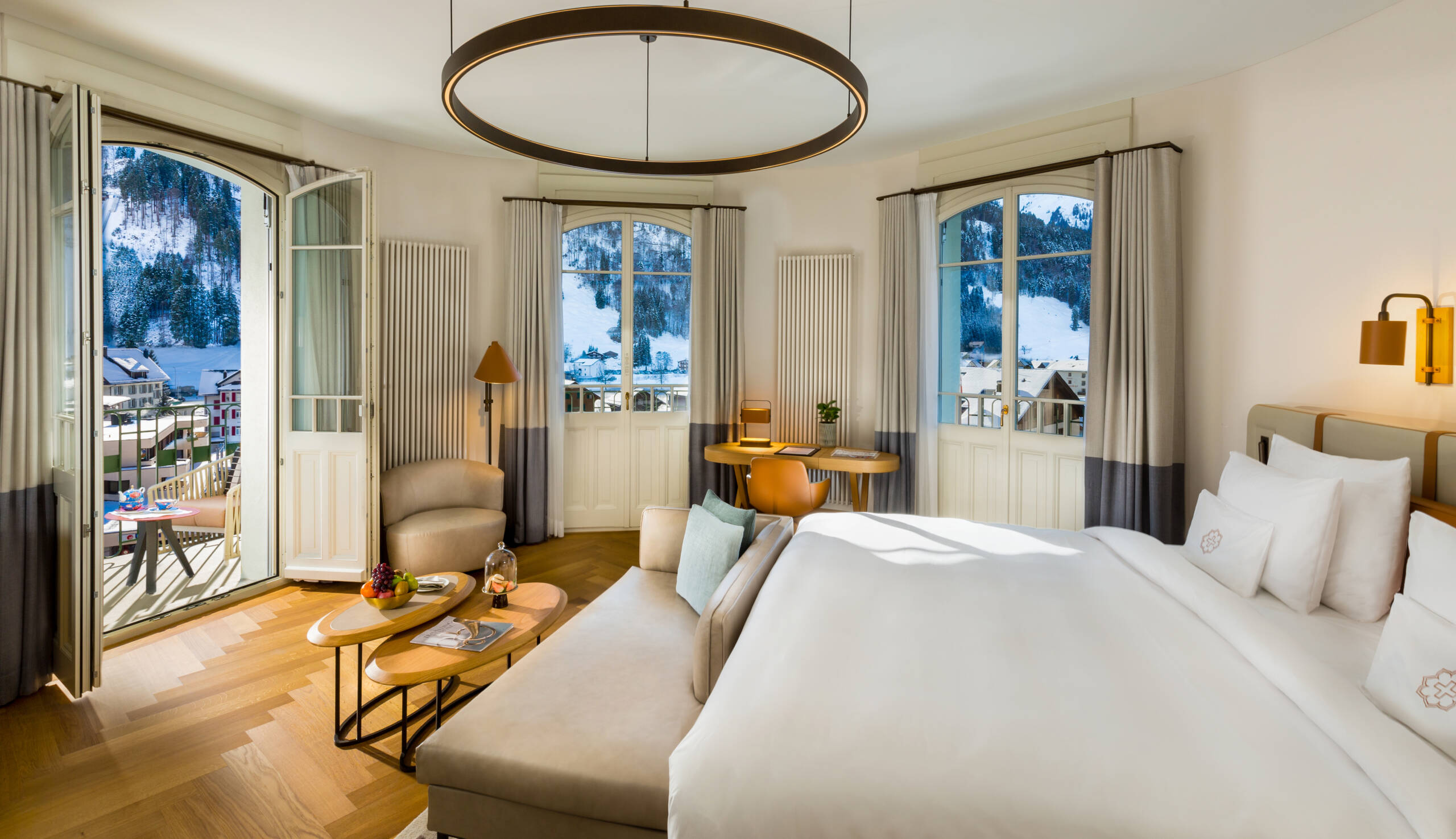
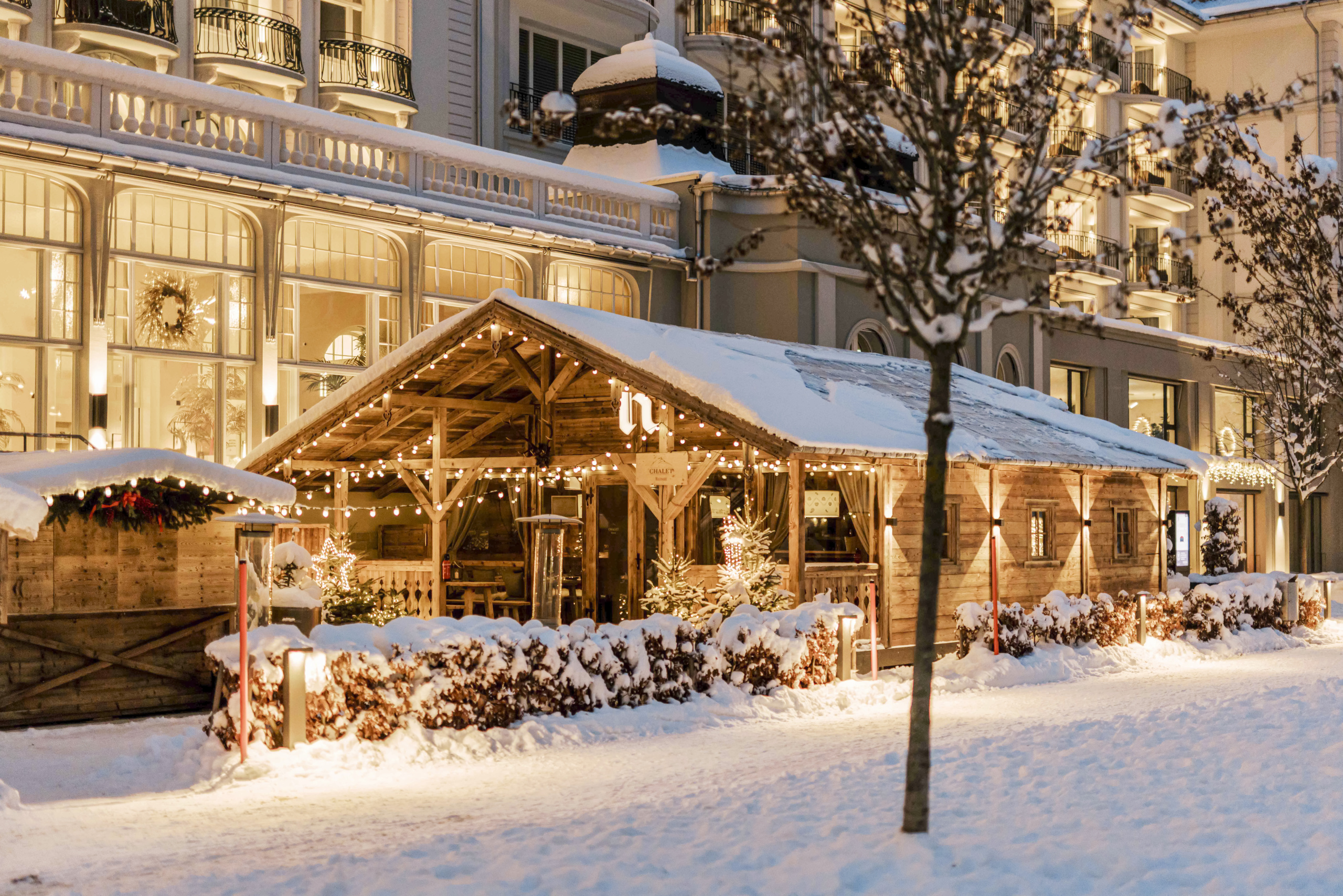
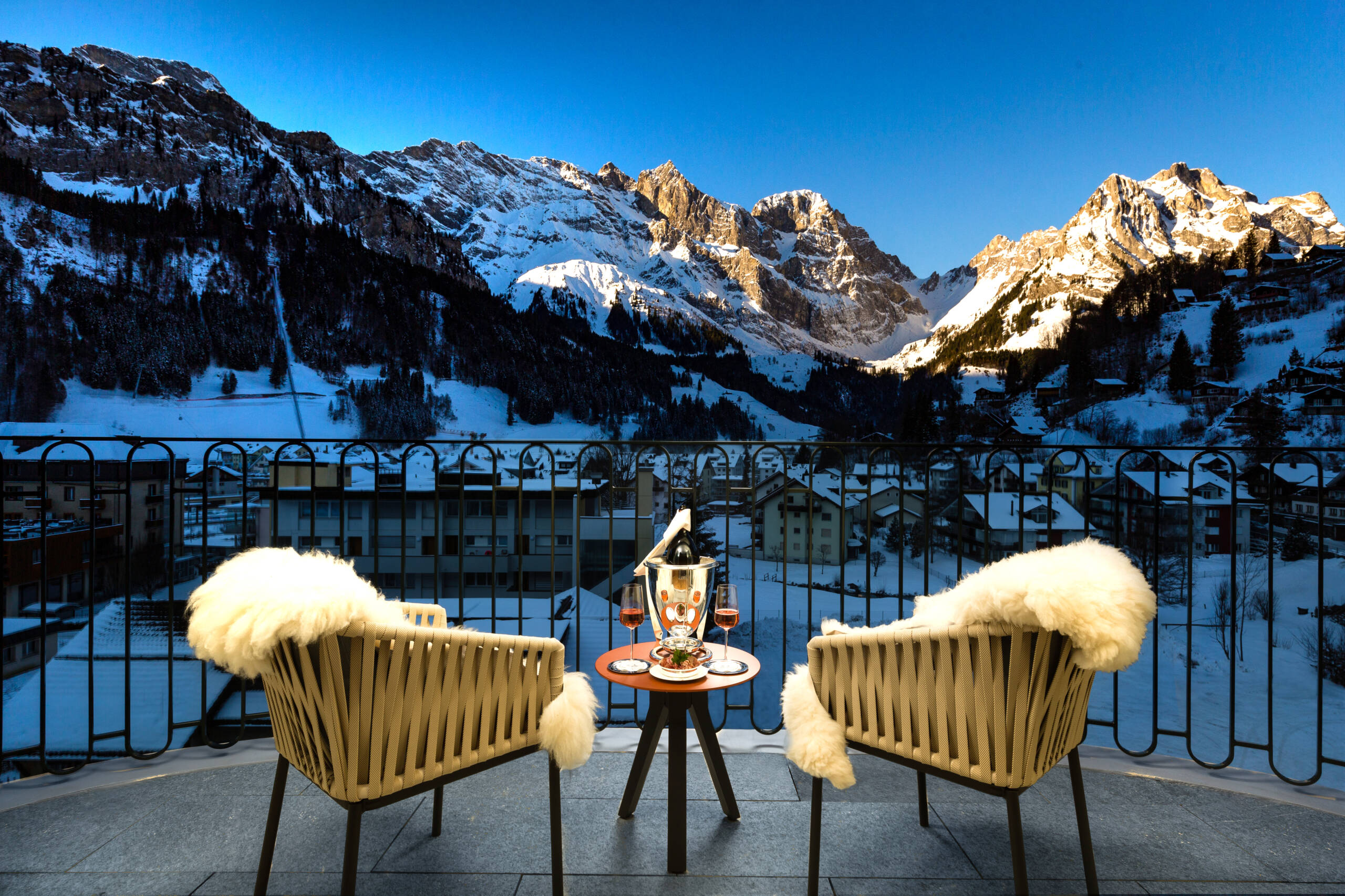



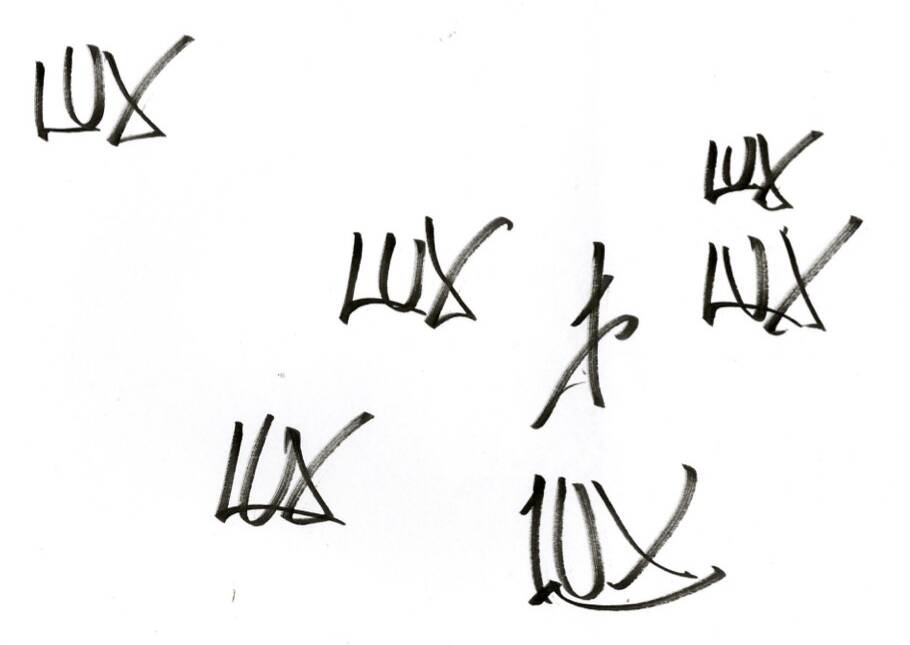
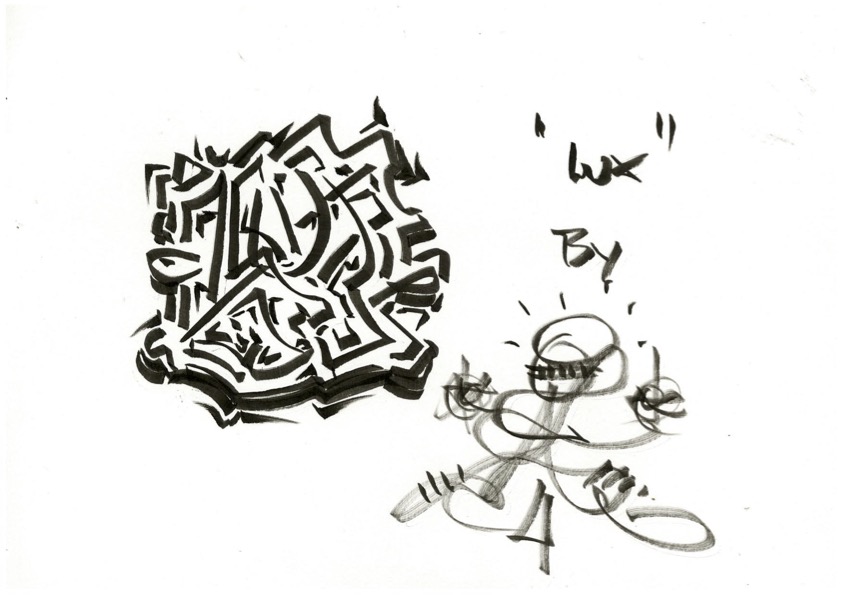


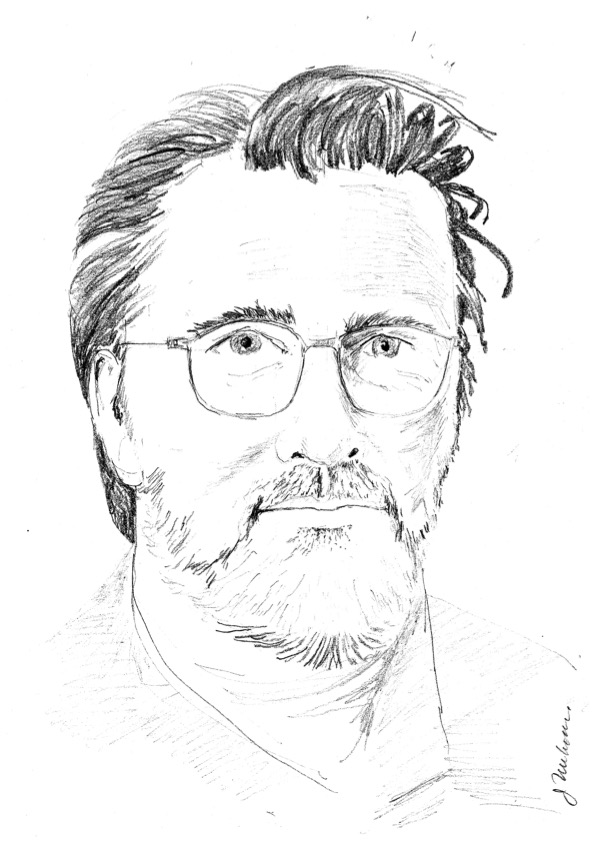


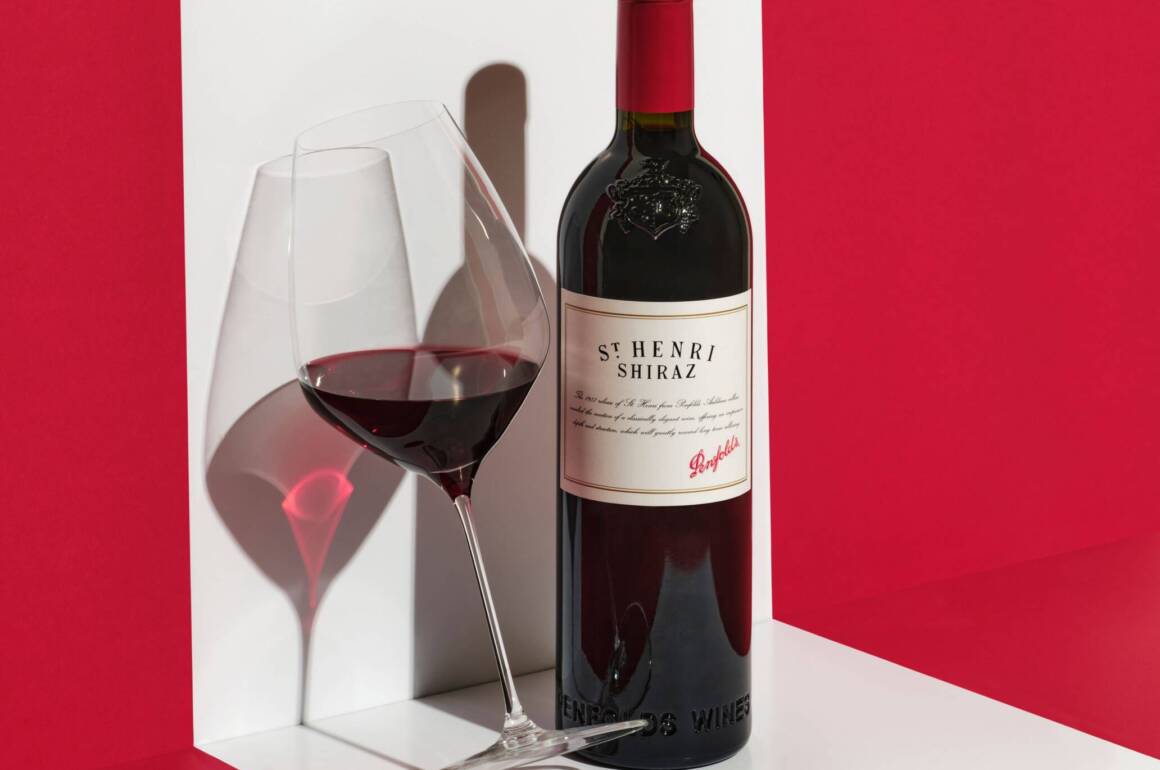
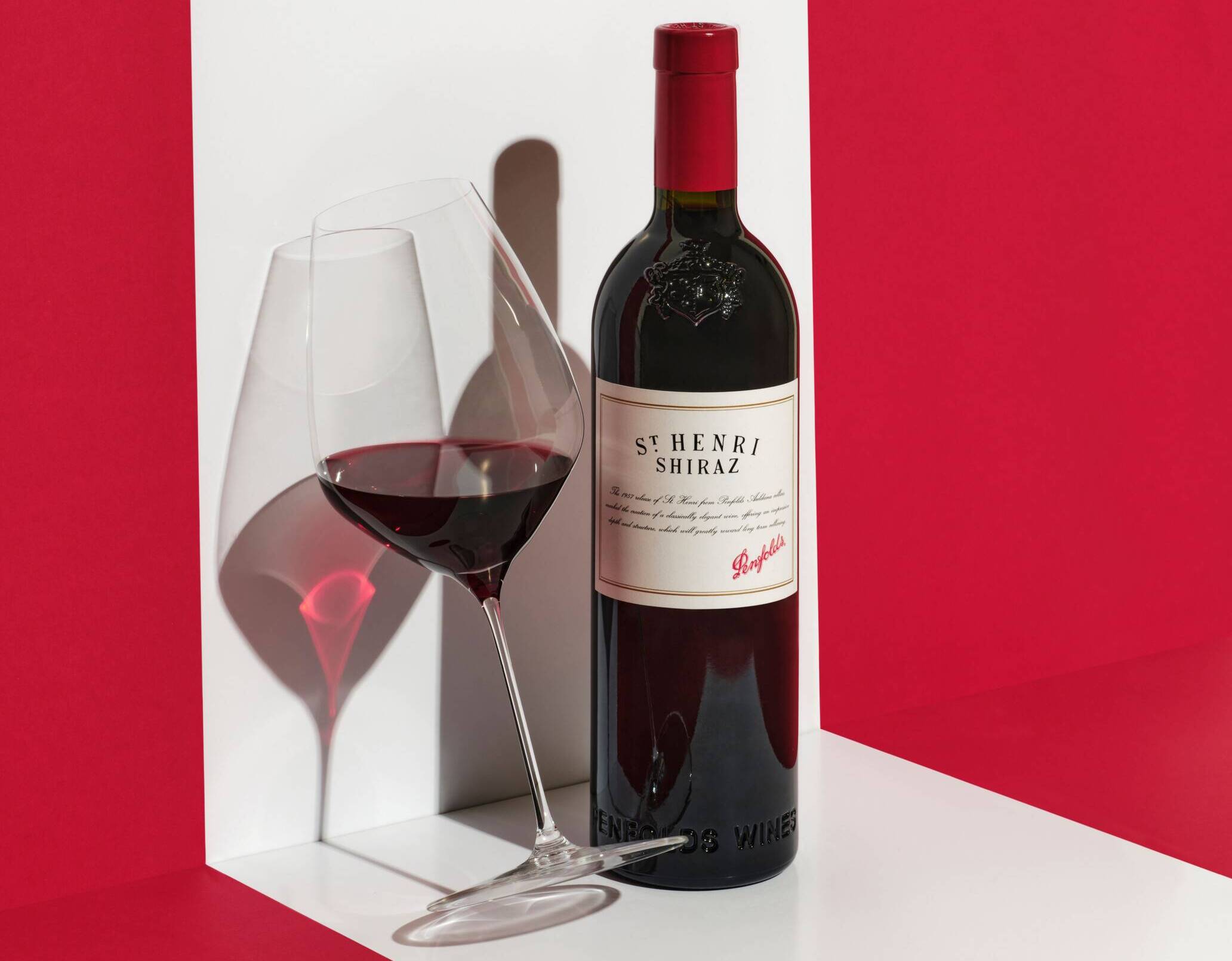
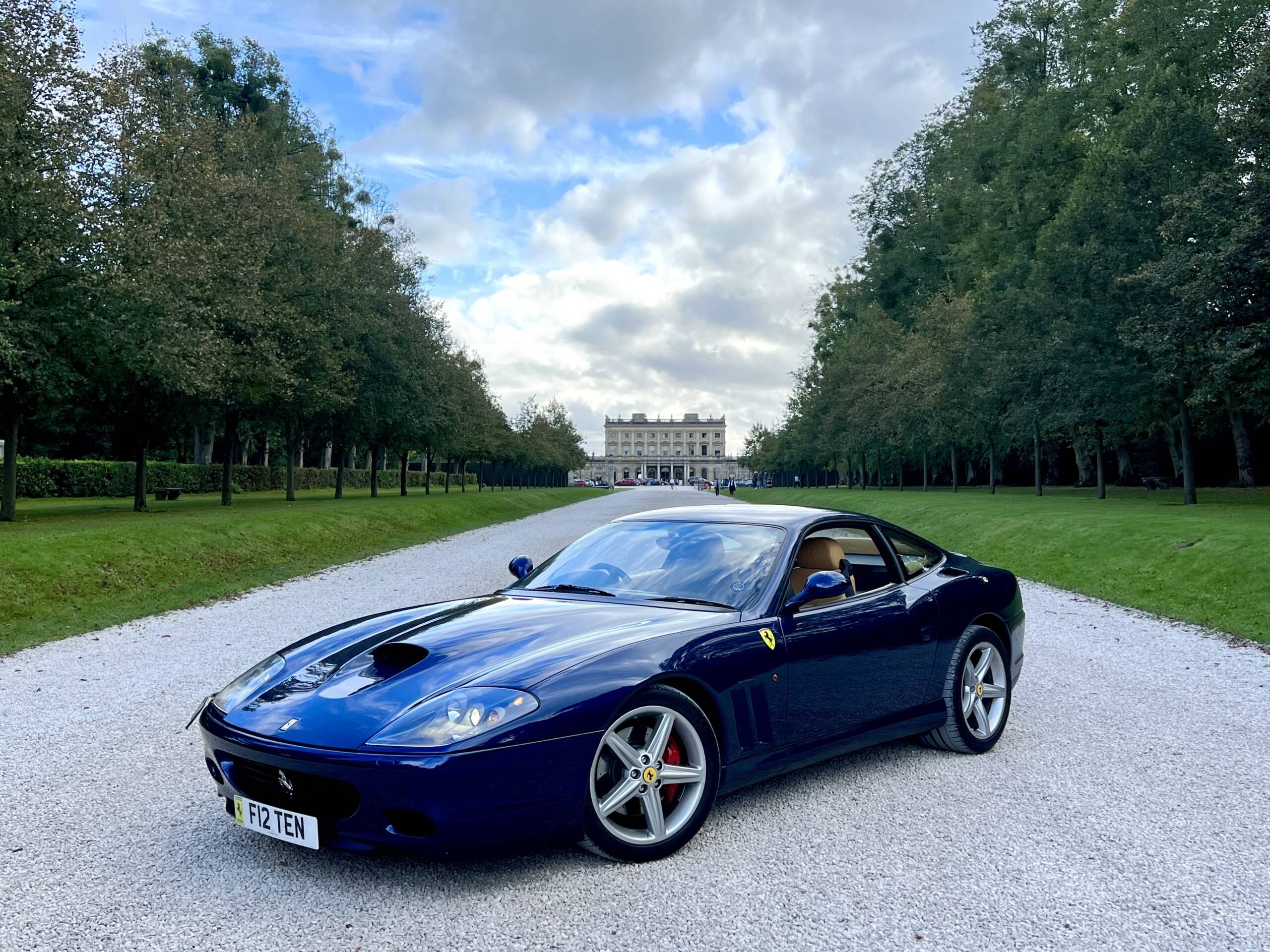

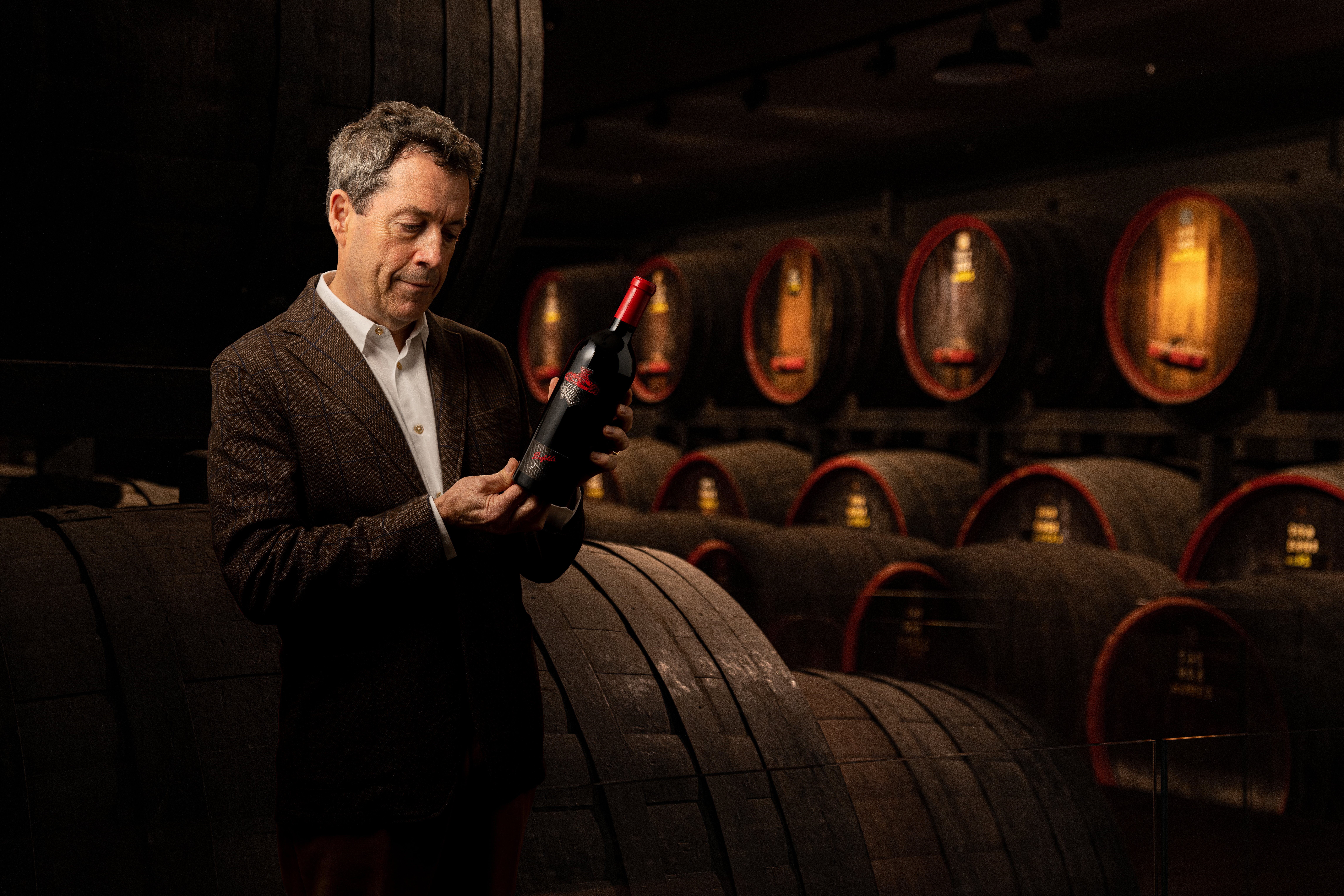


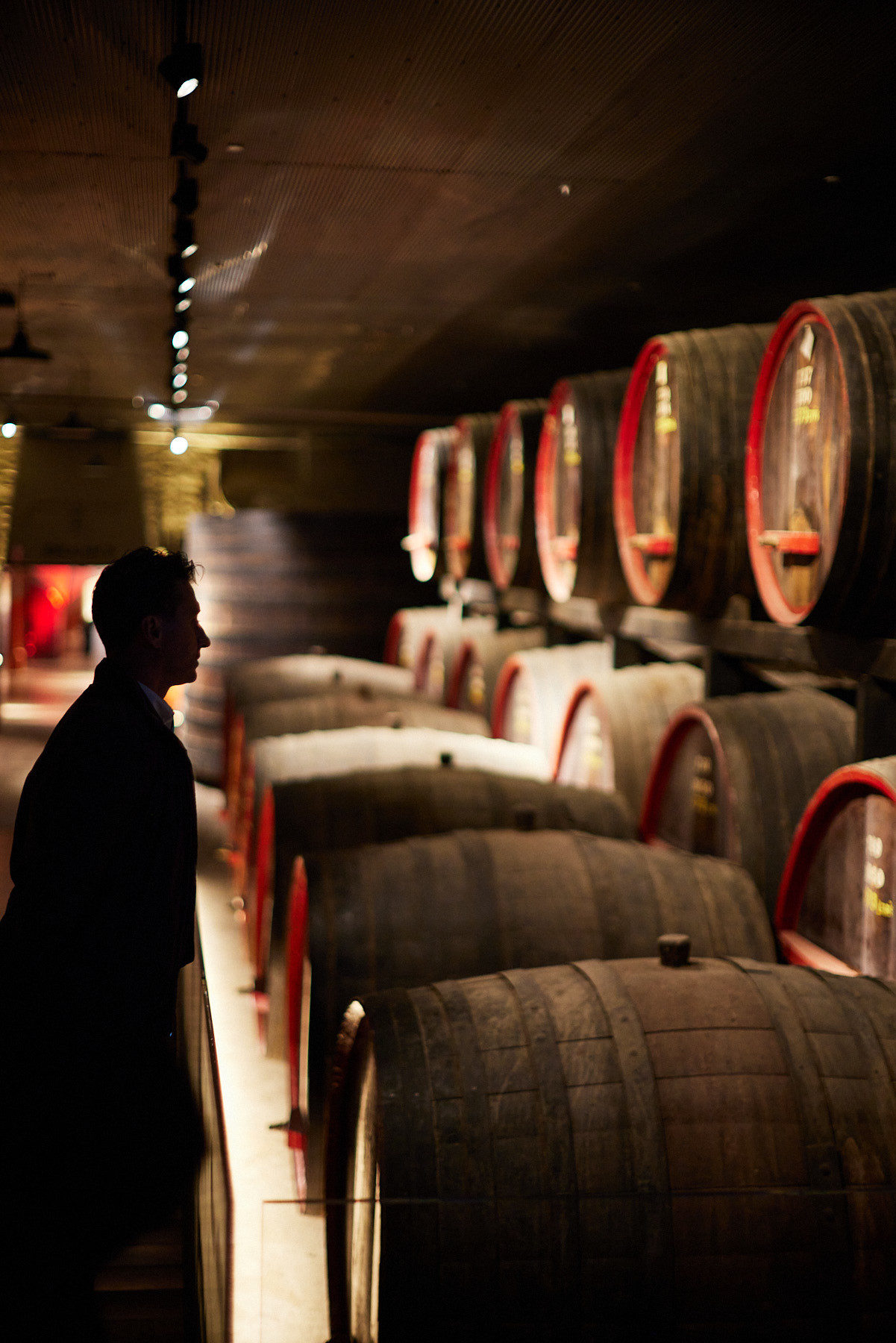
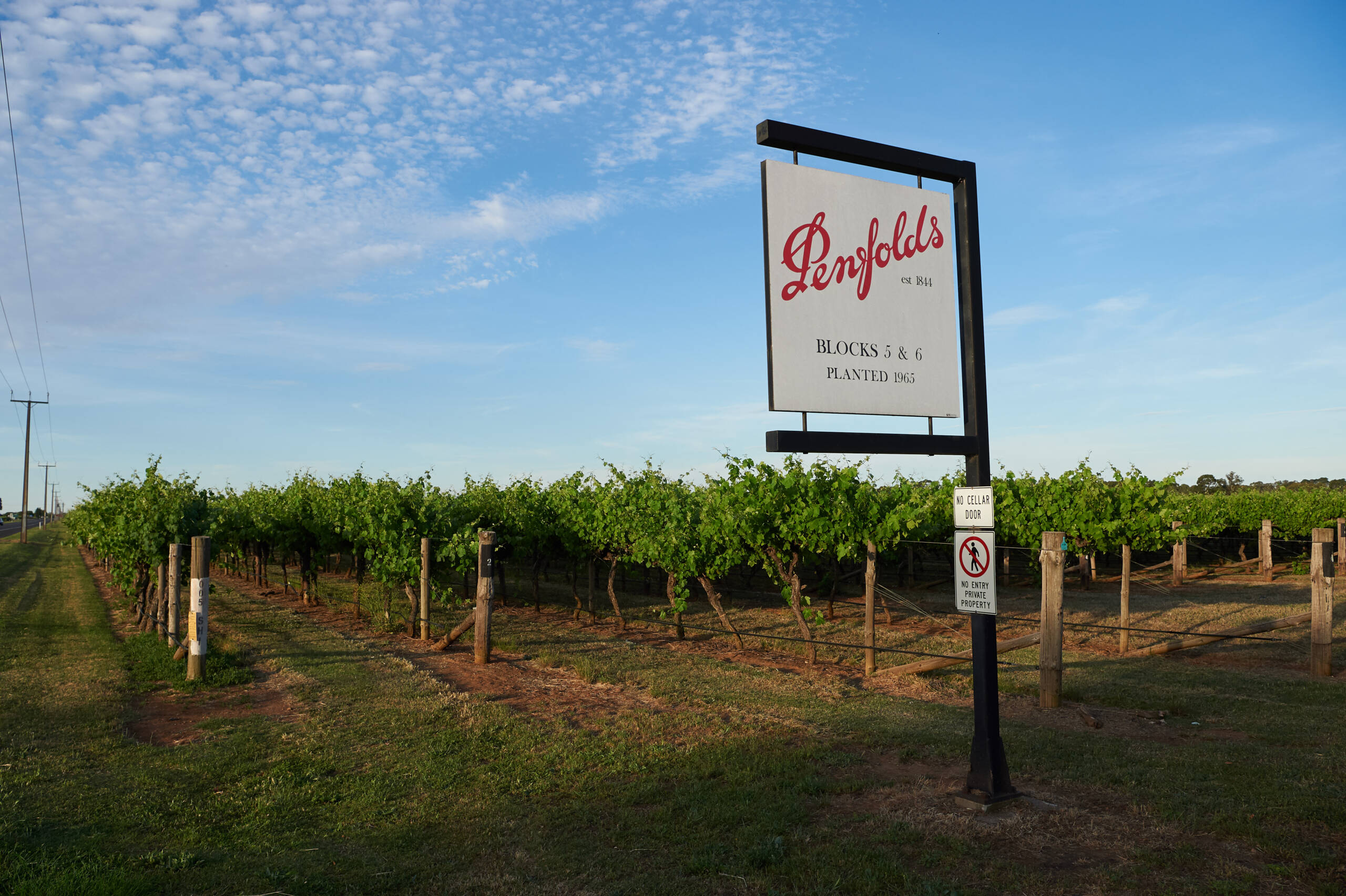
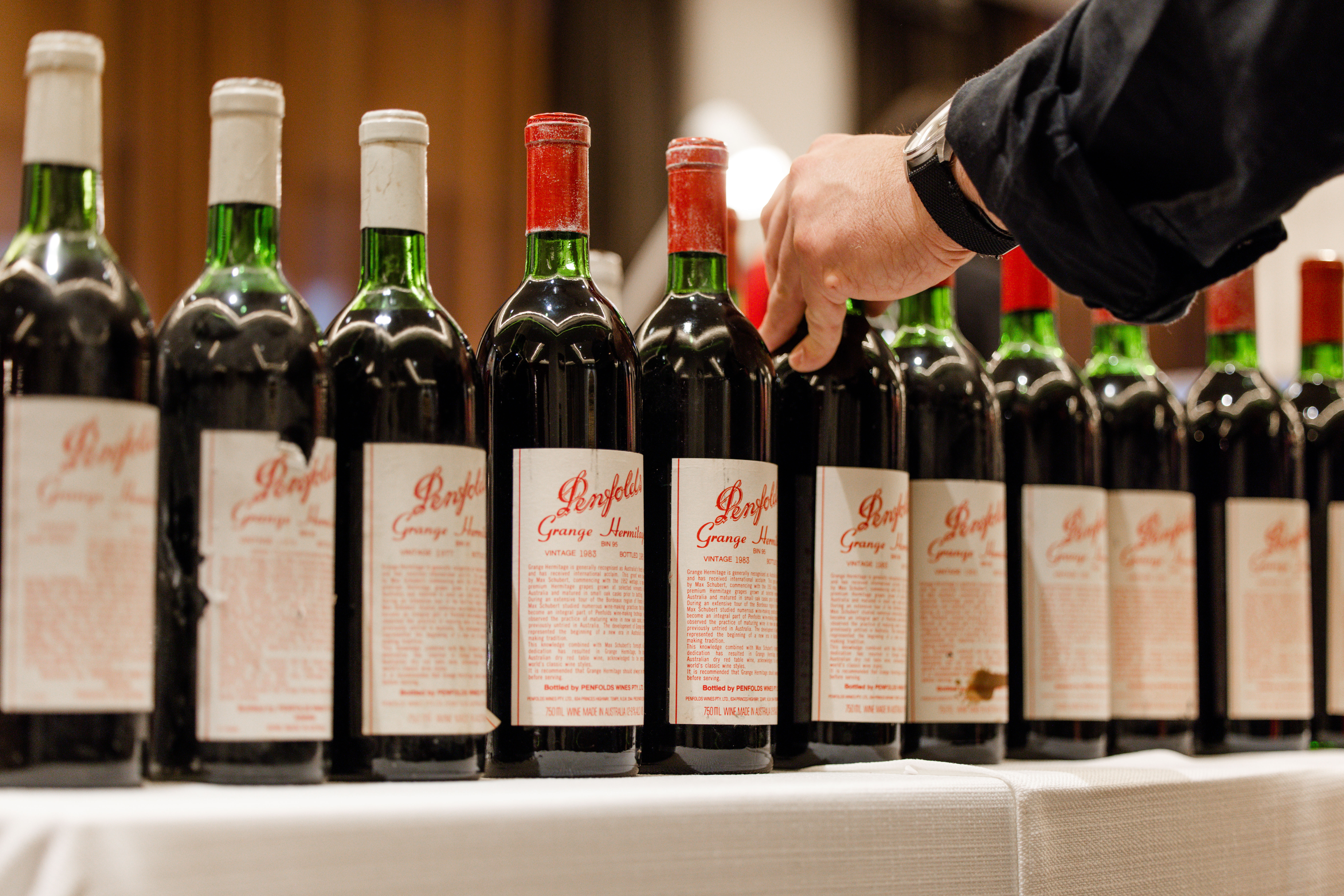
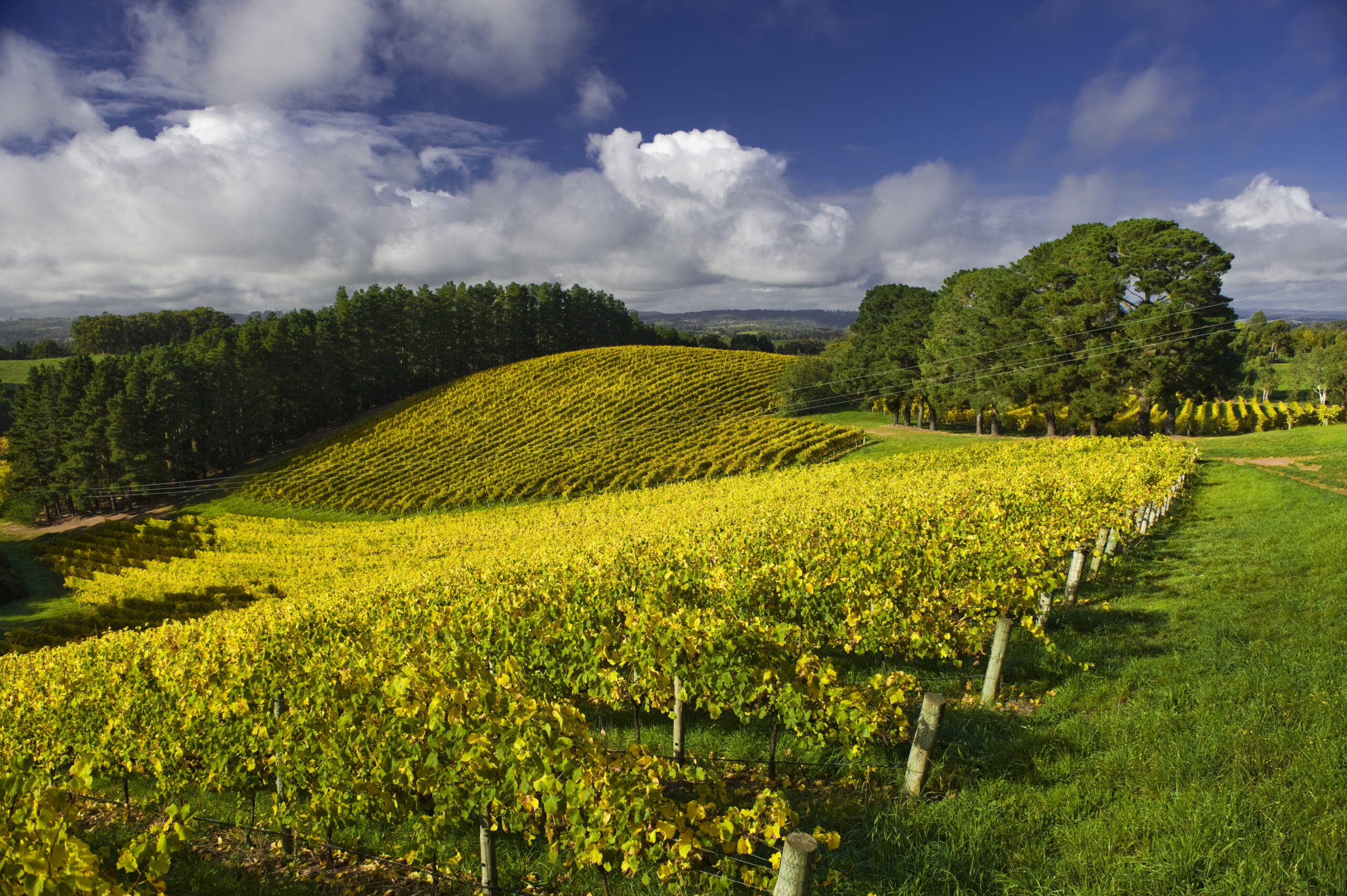
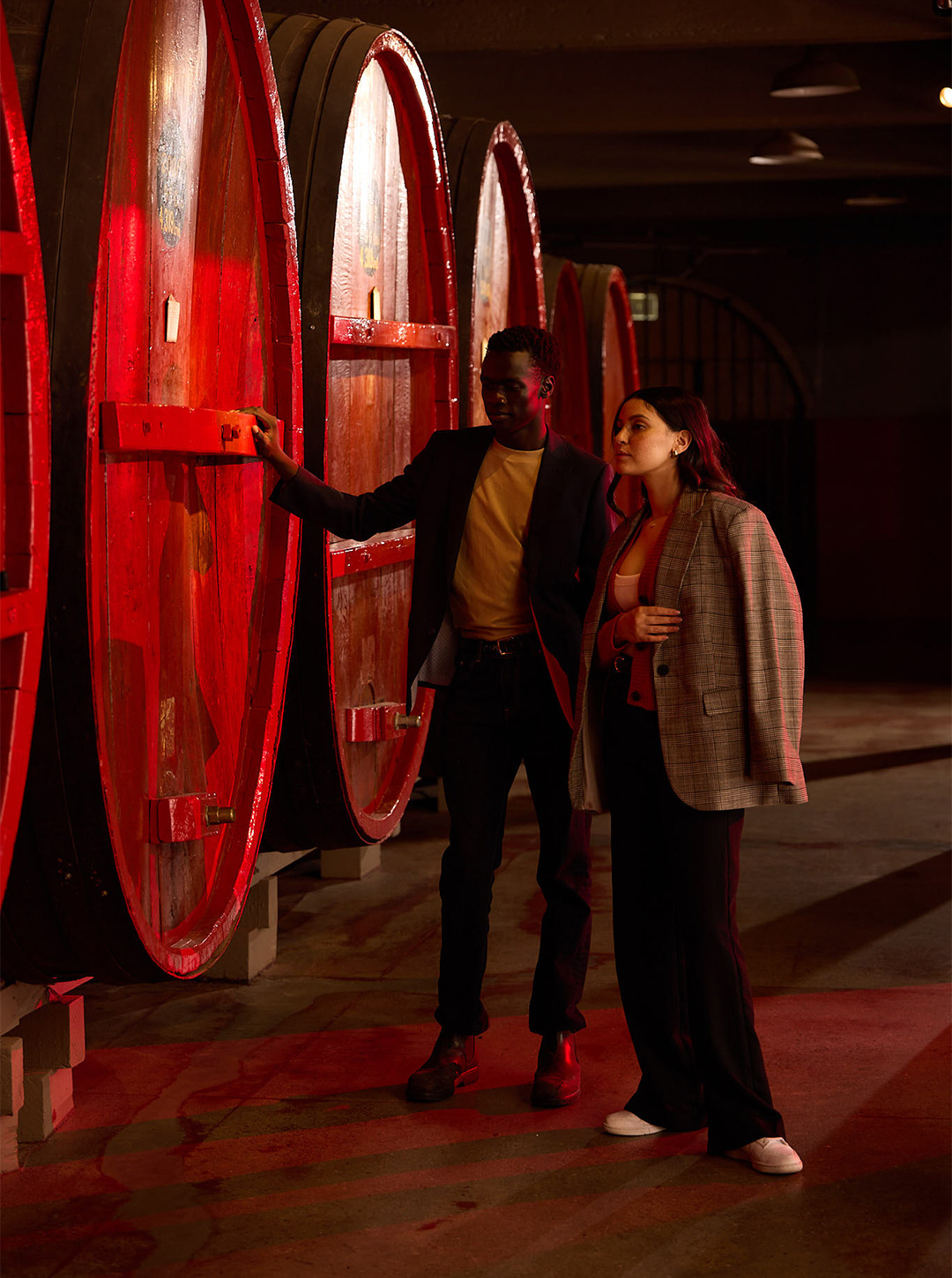

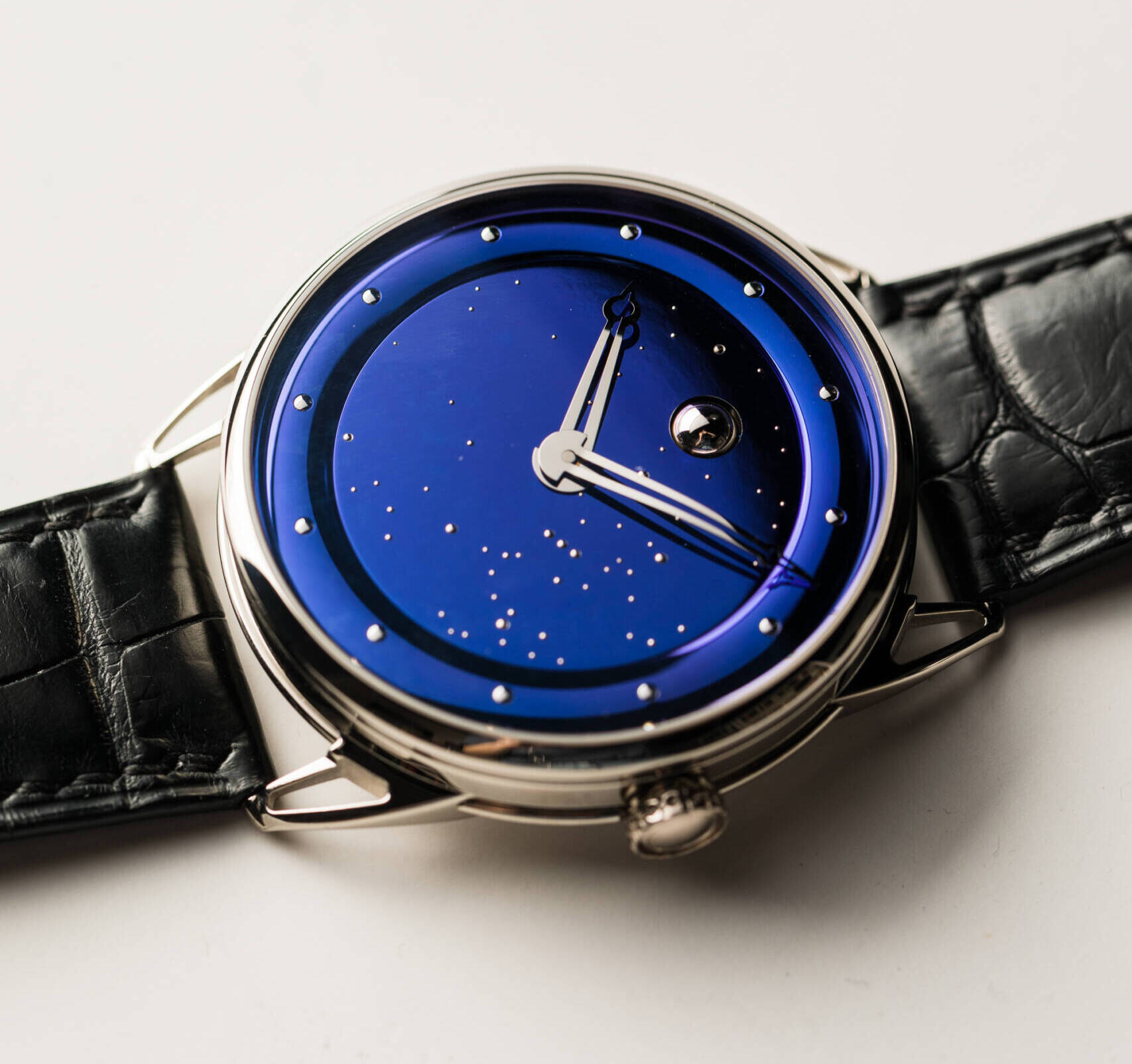




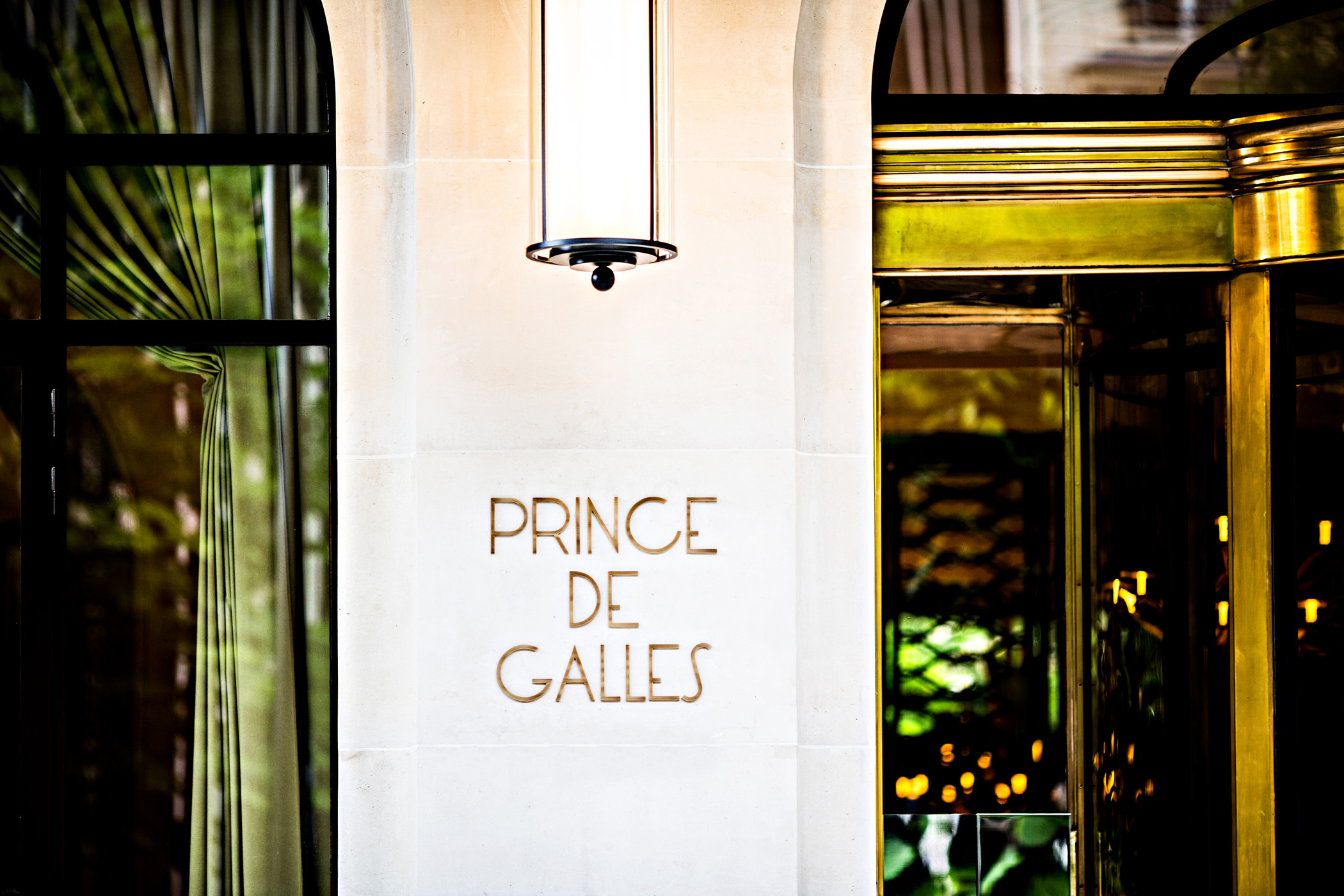
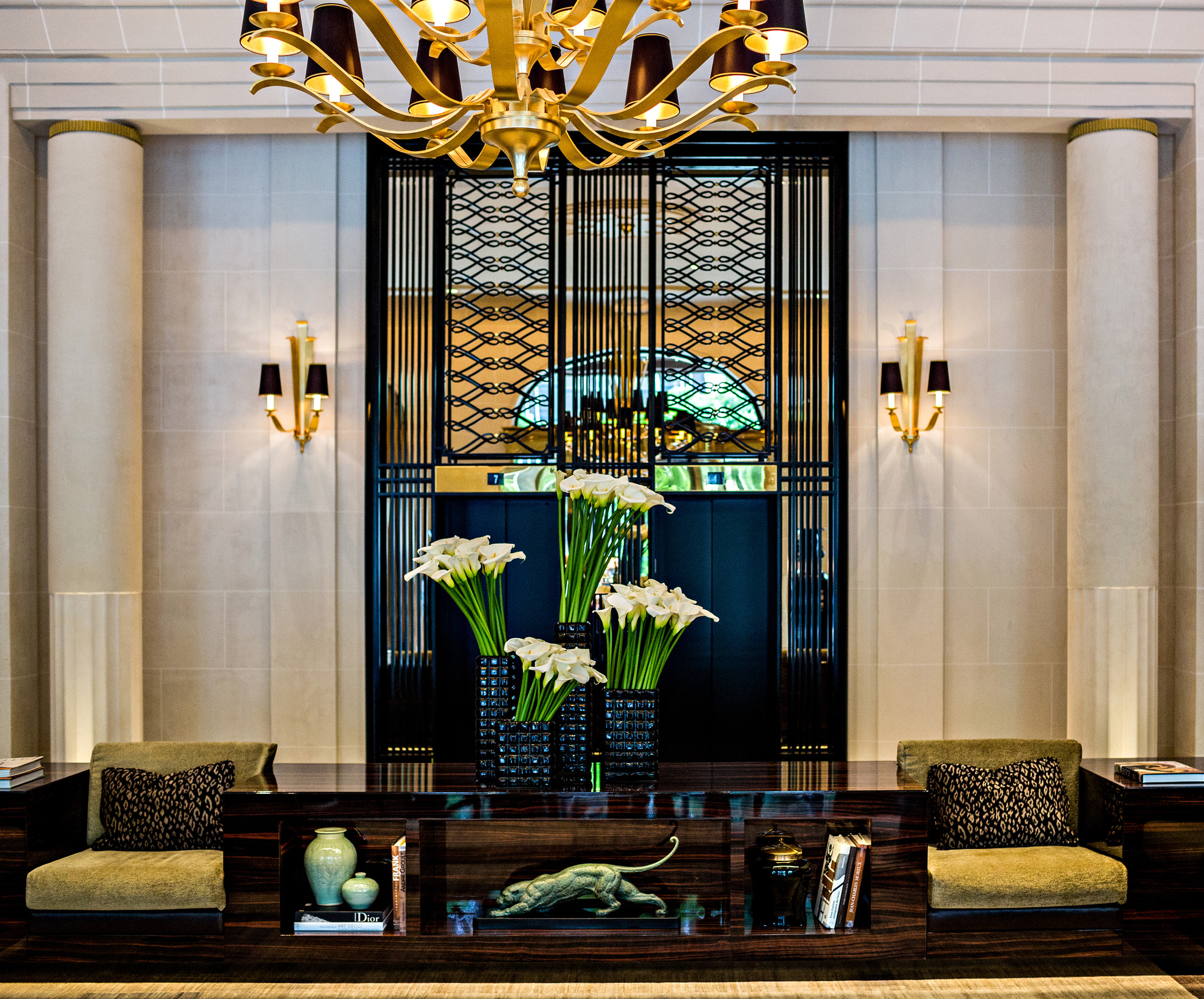
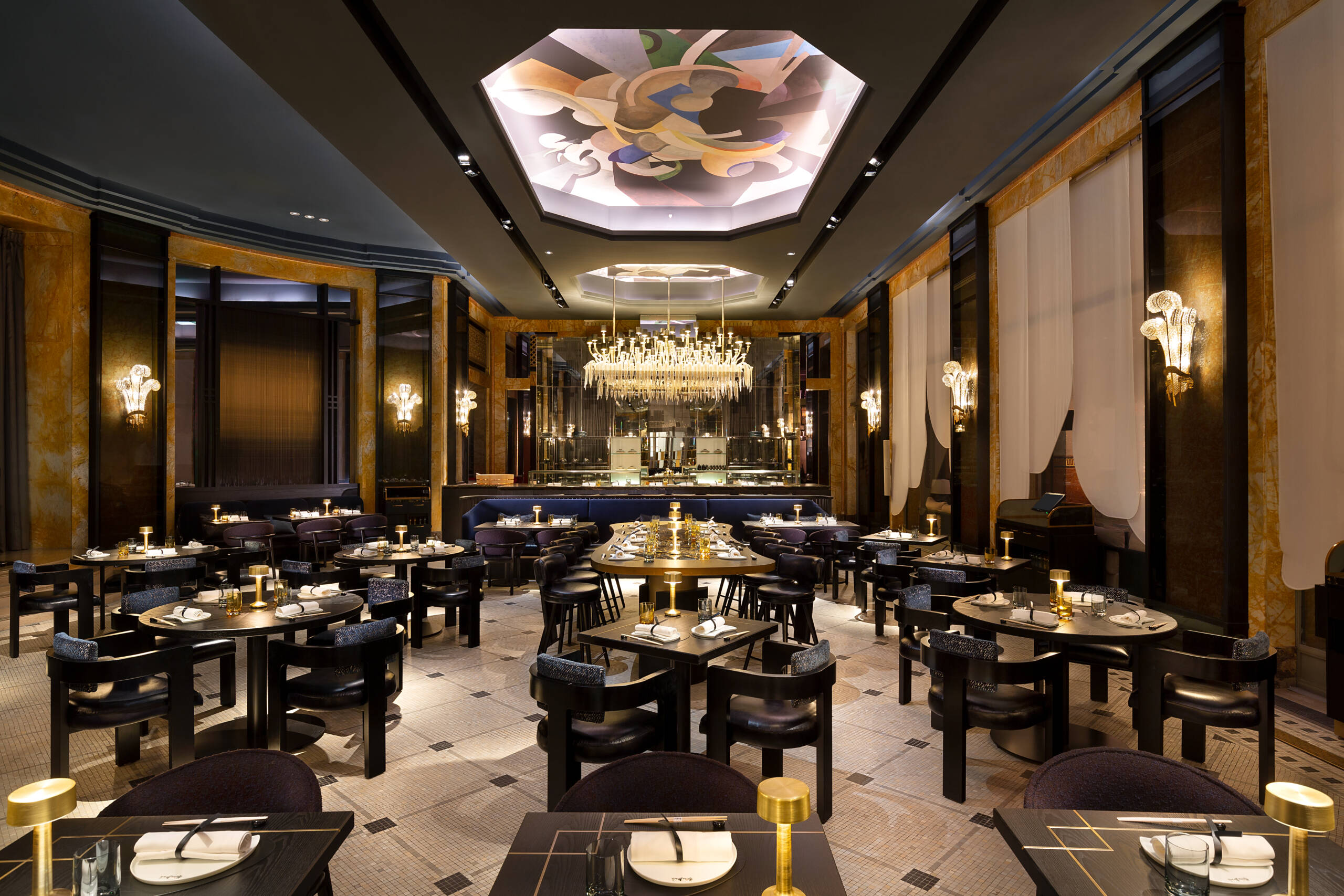
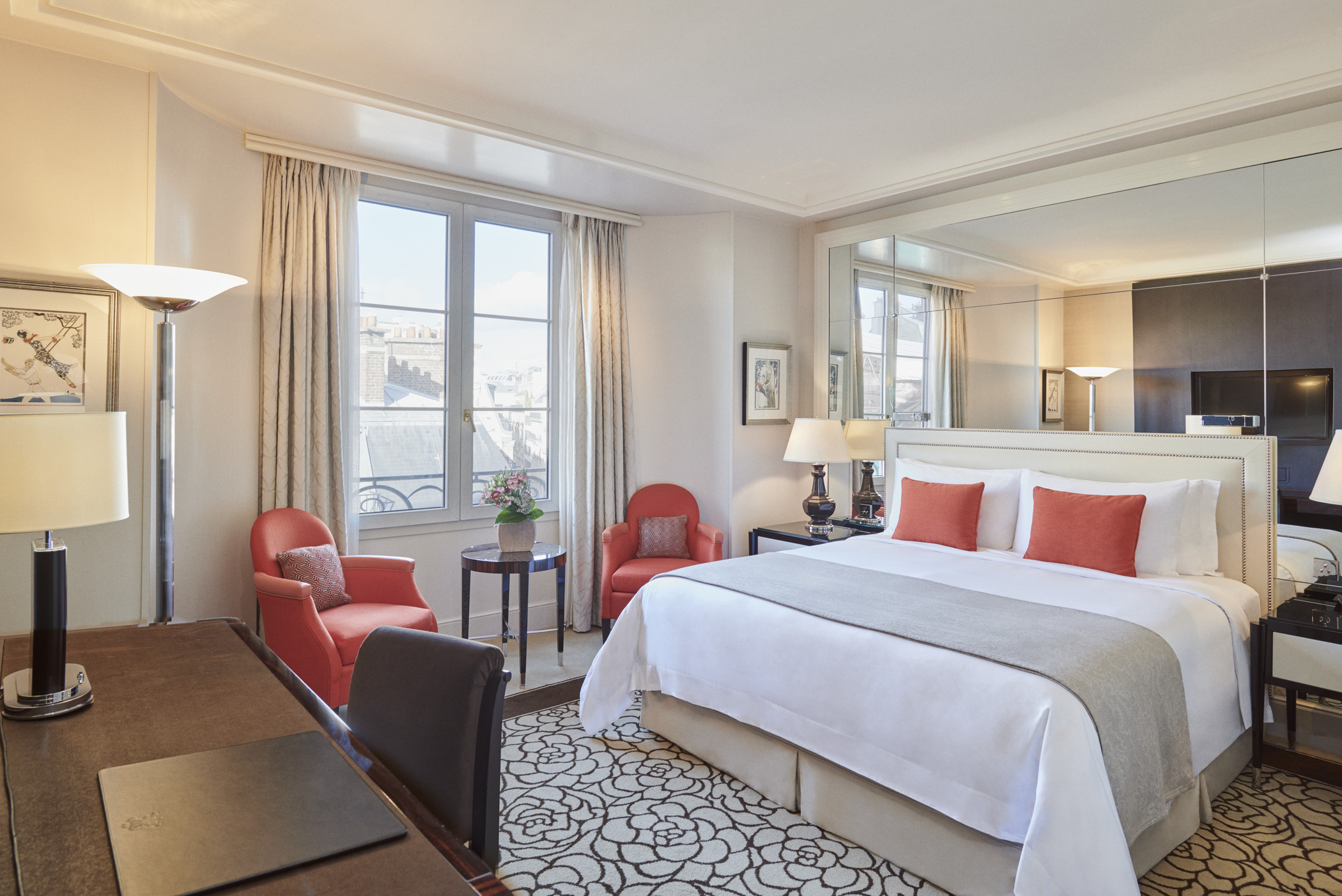
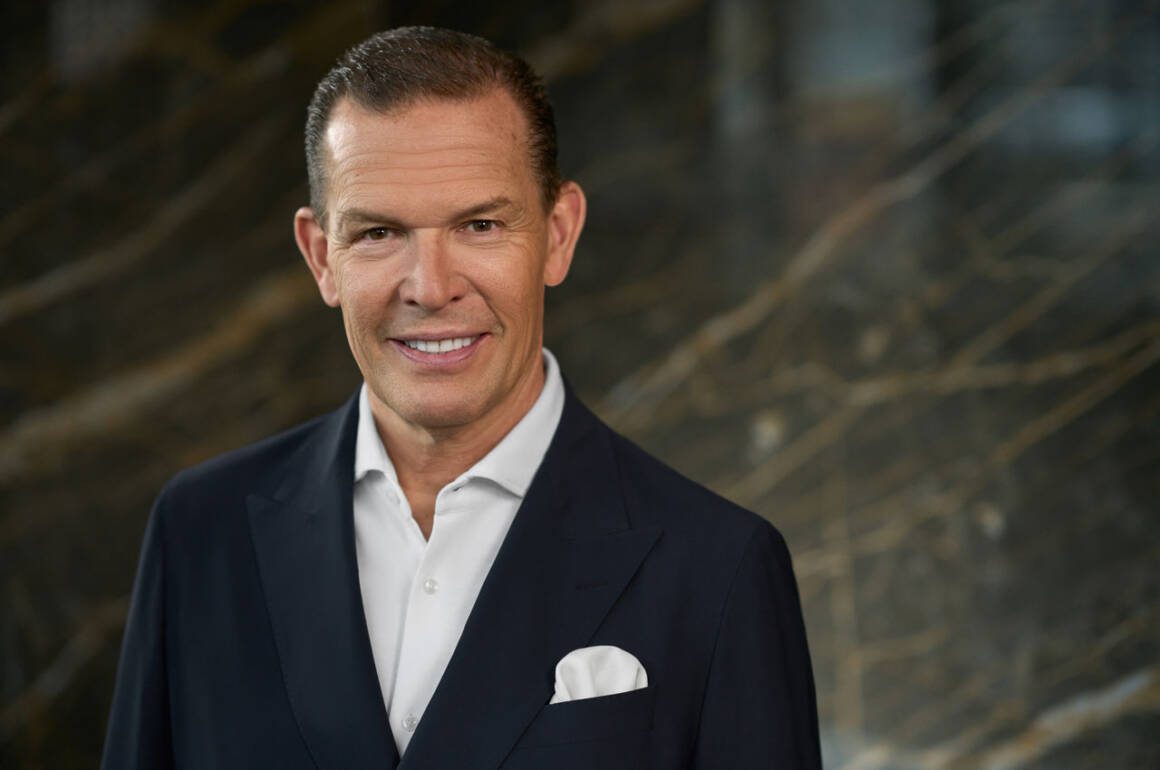











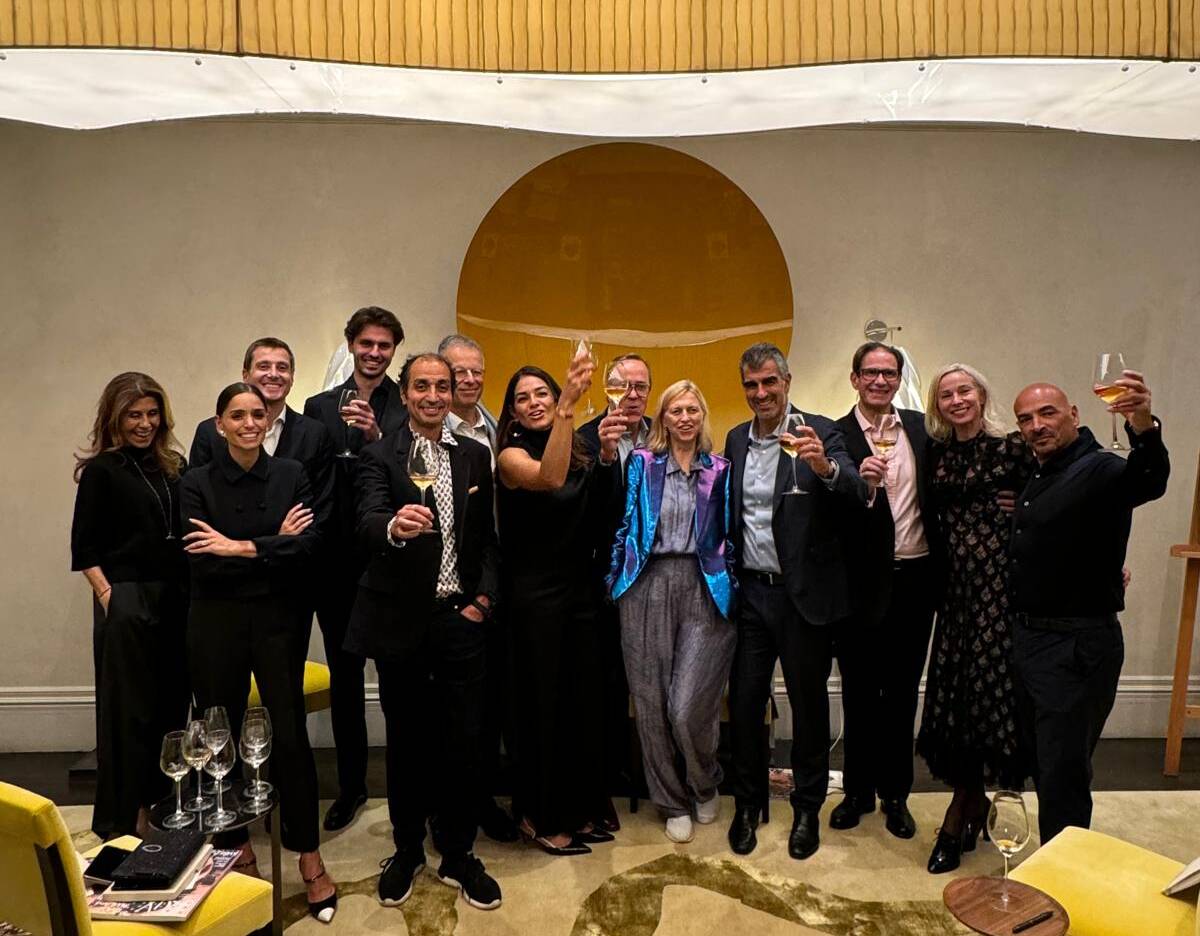


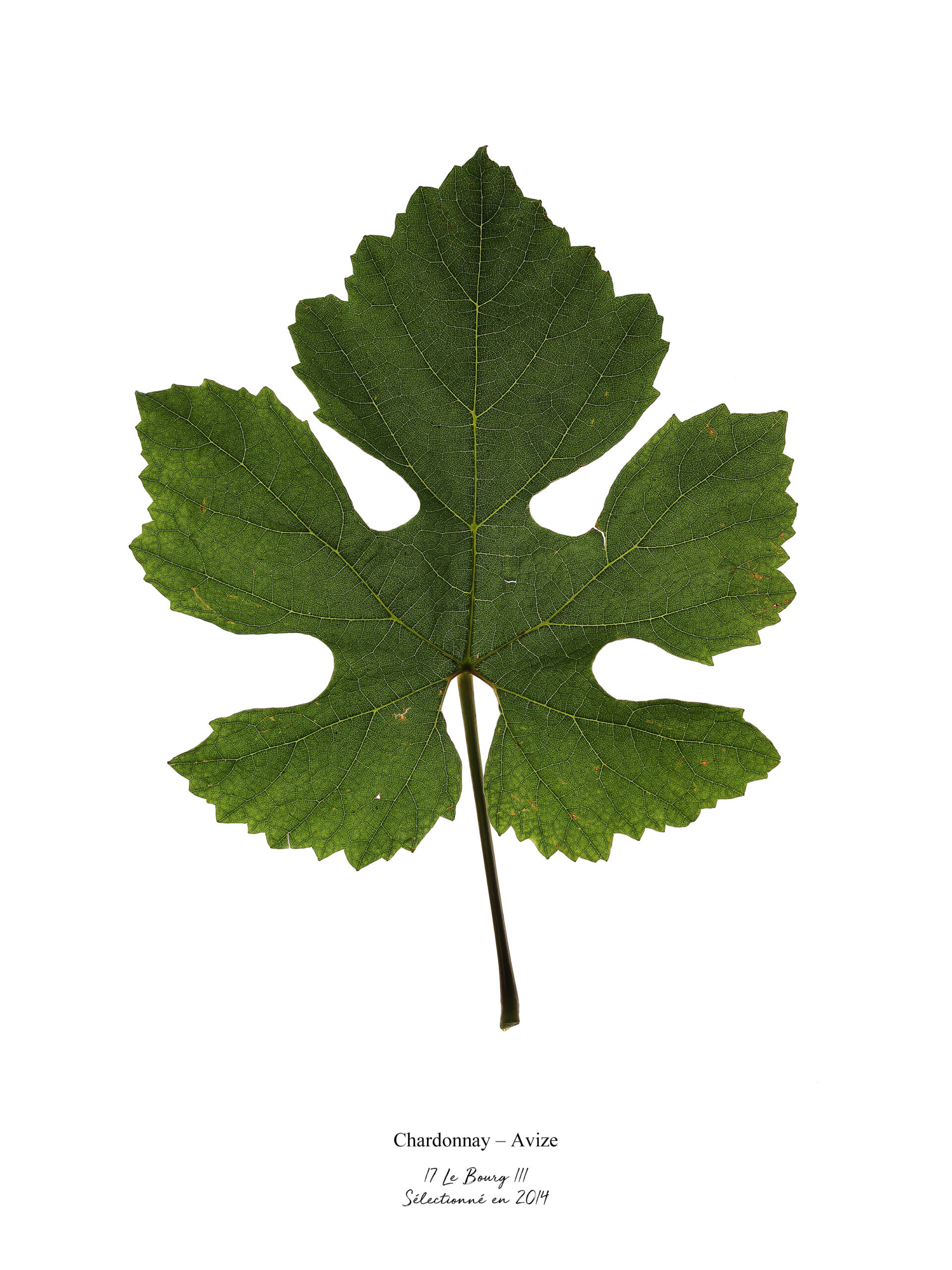

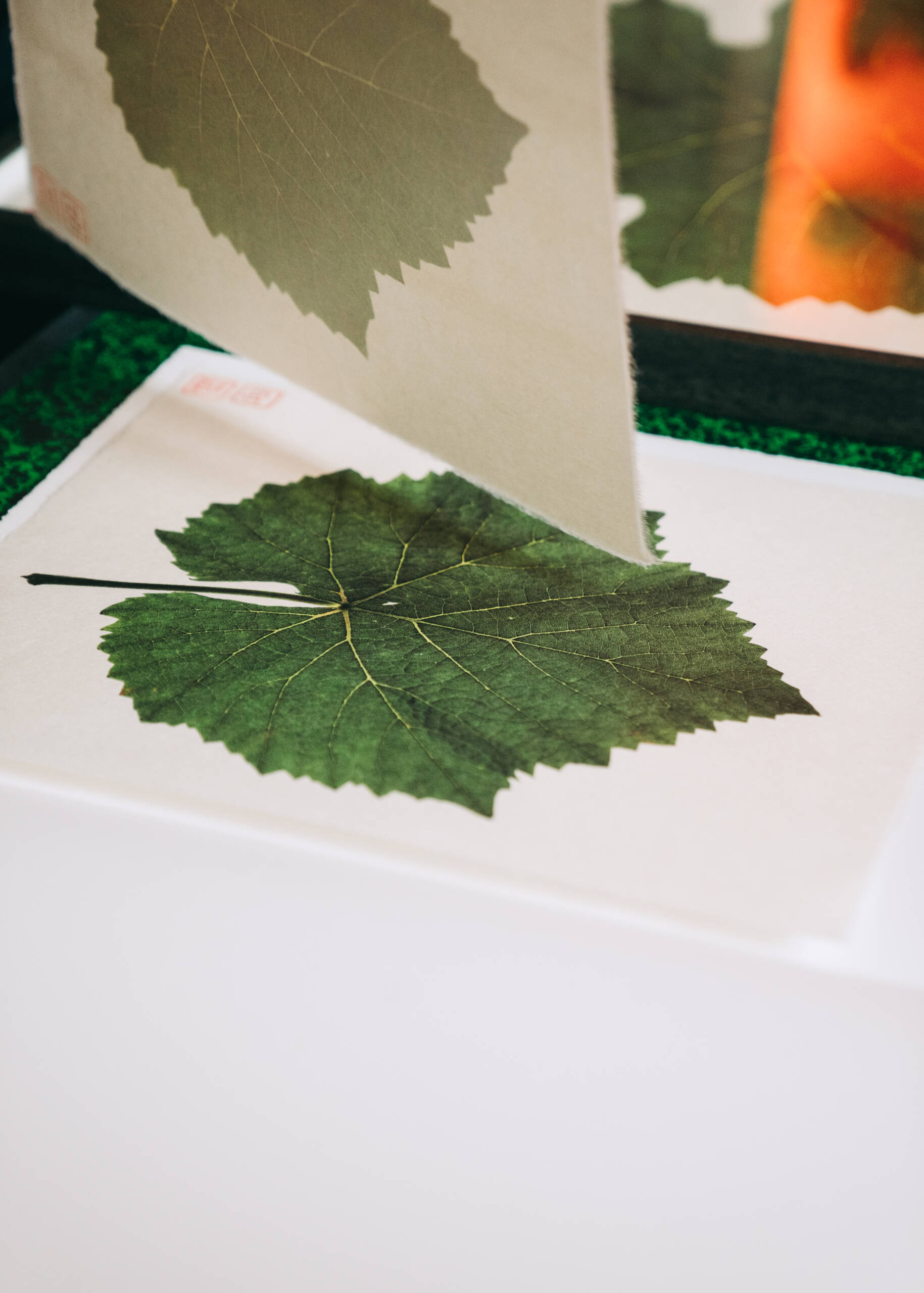







Recent Comments